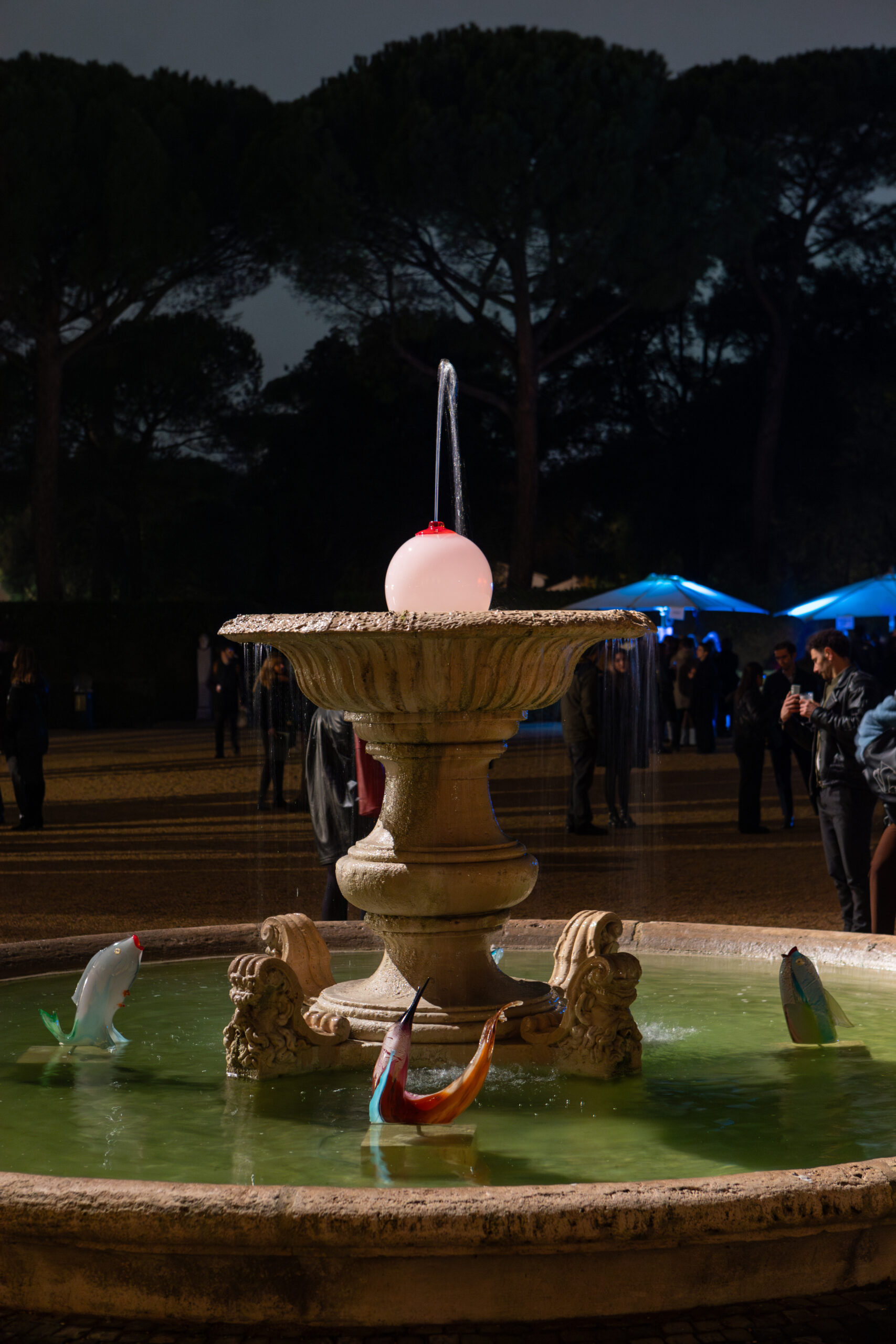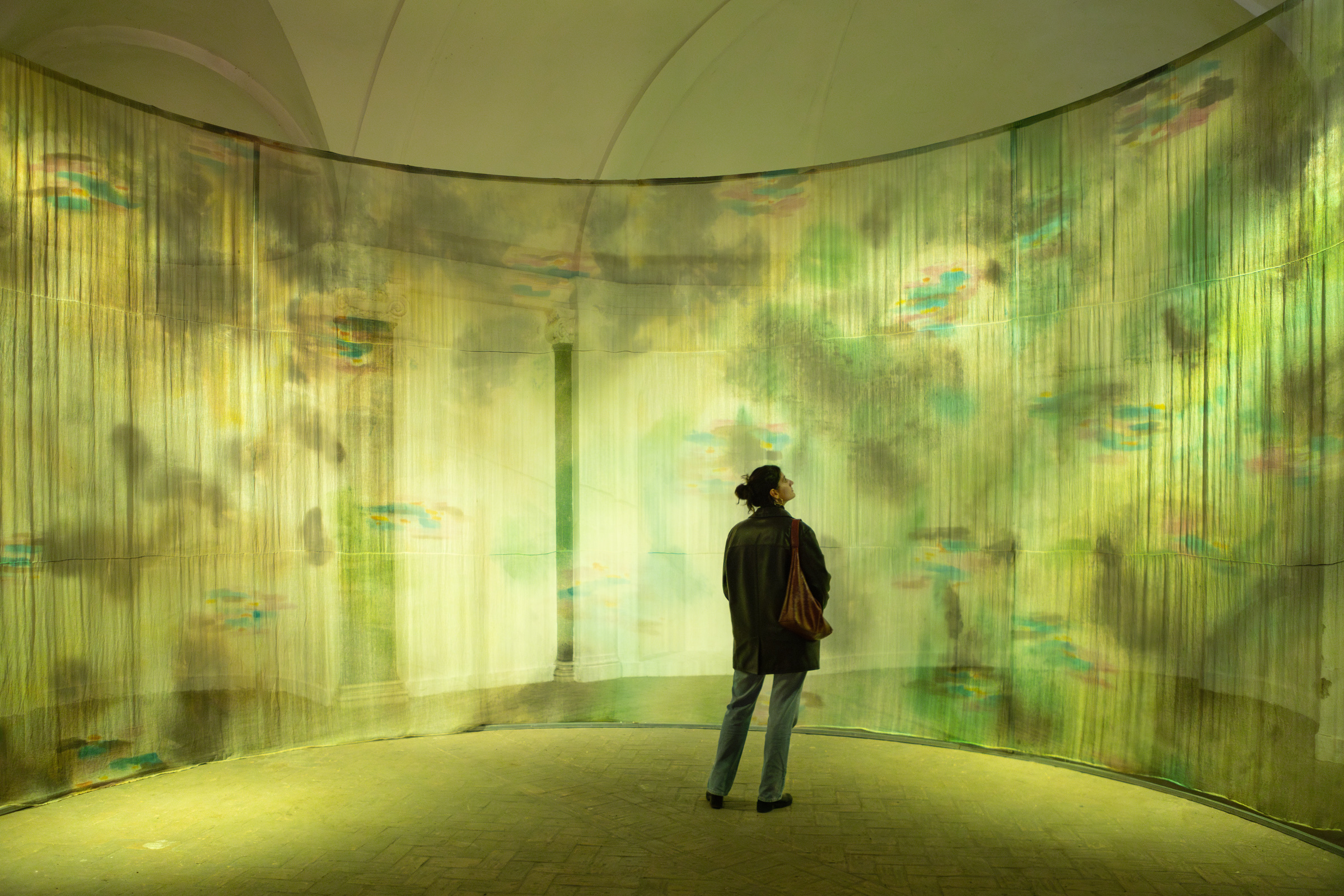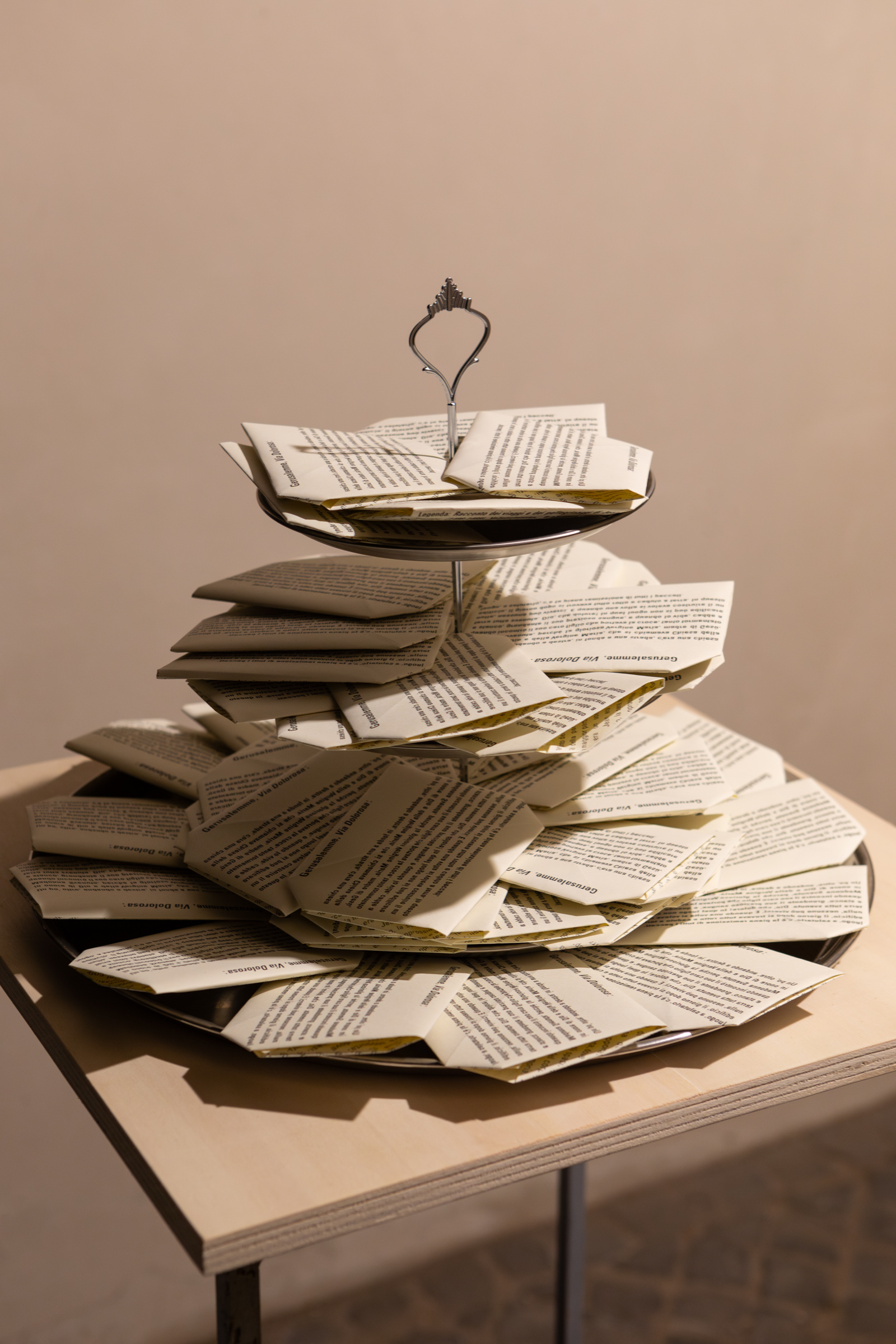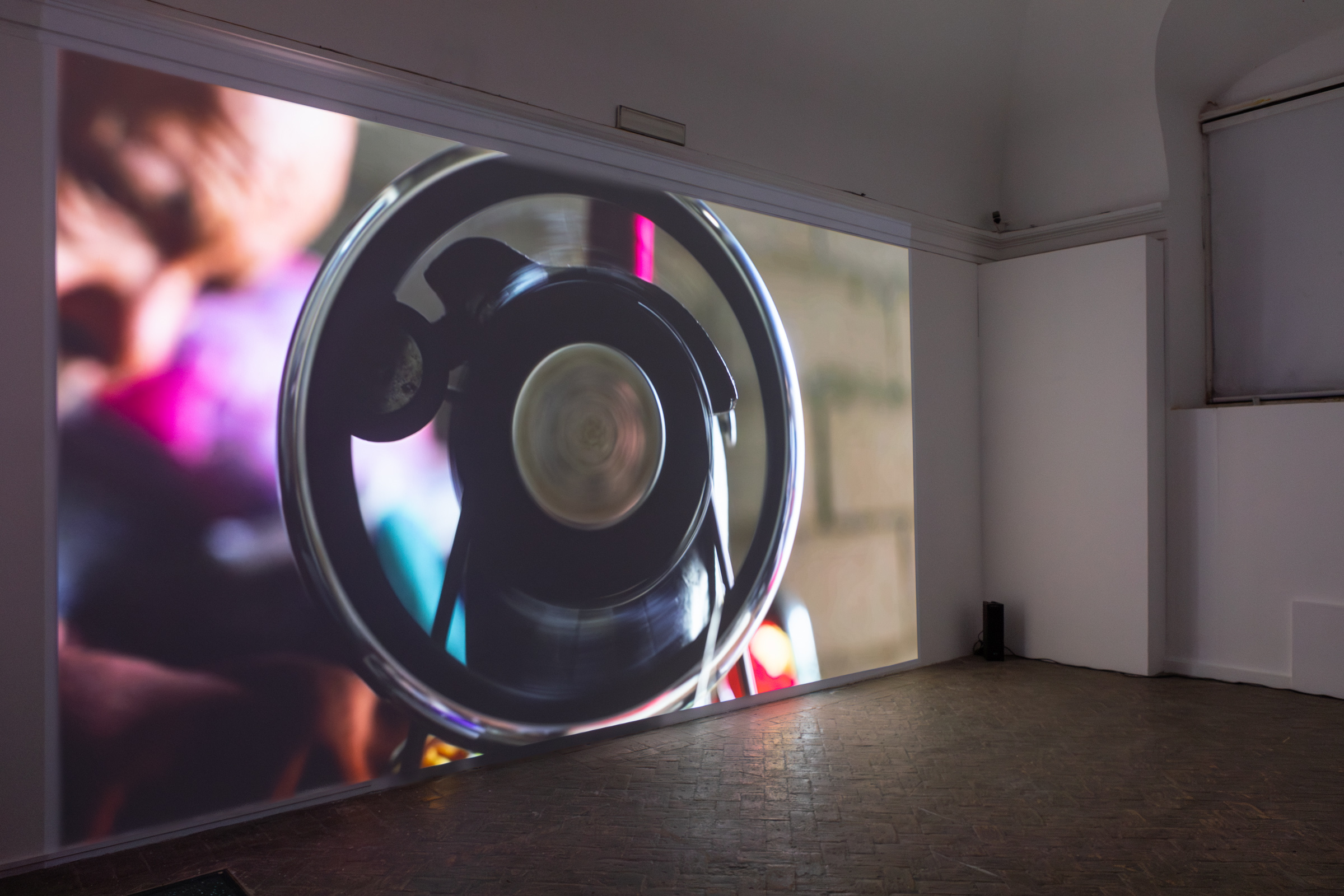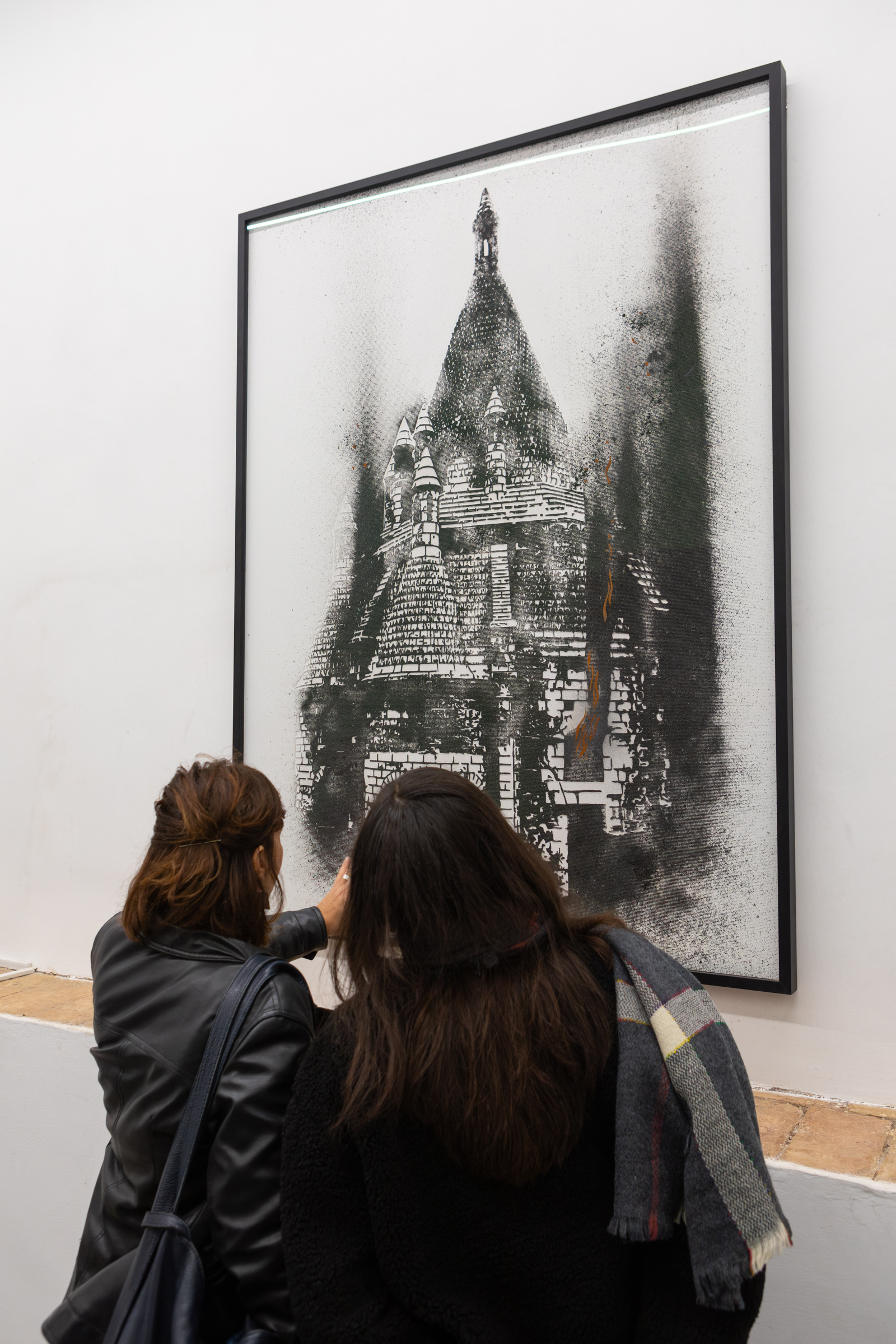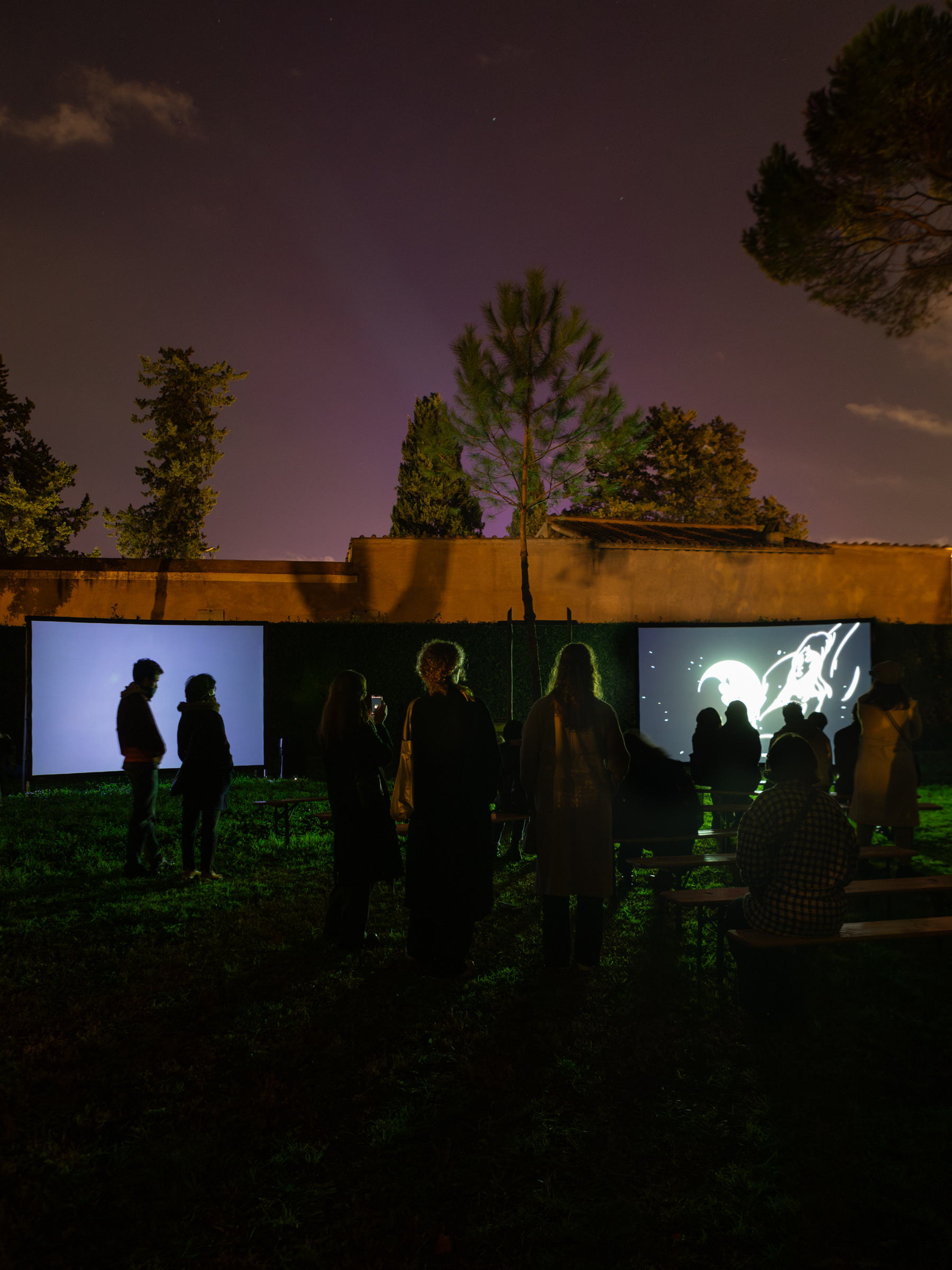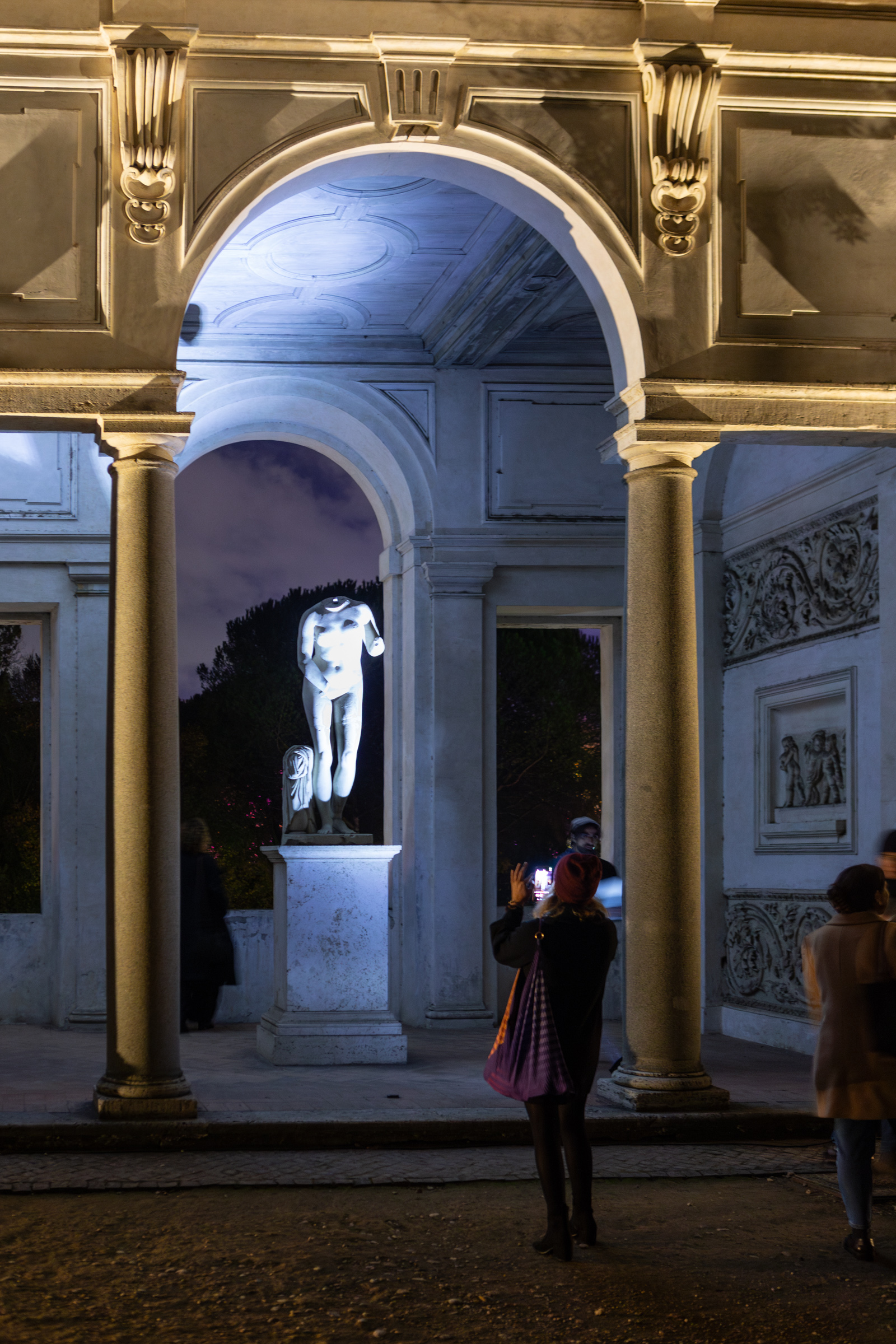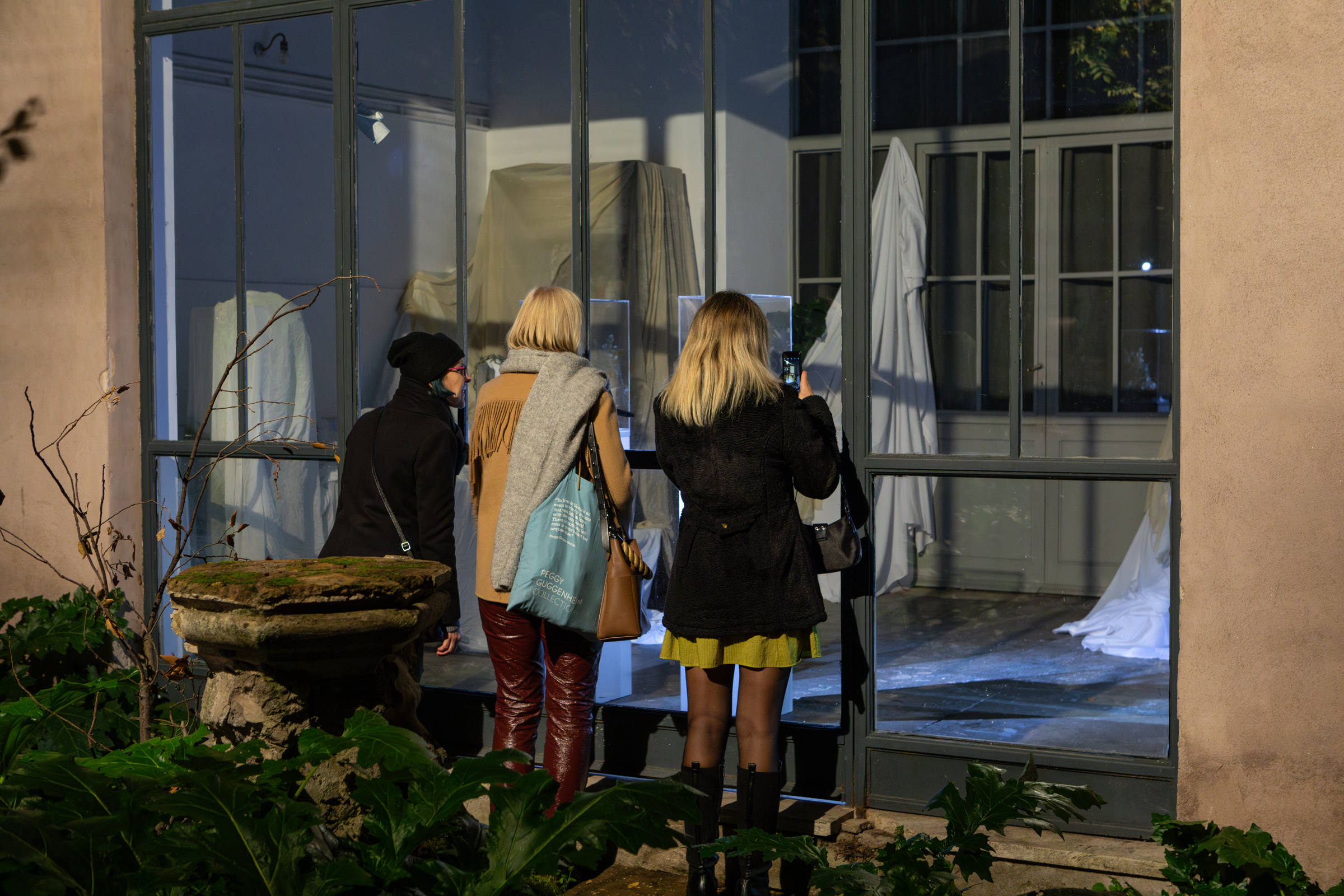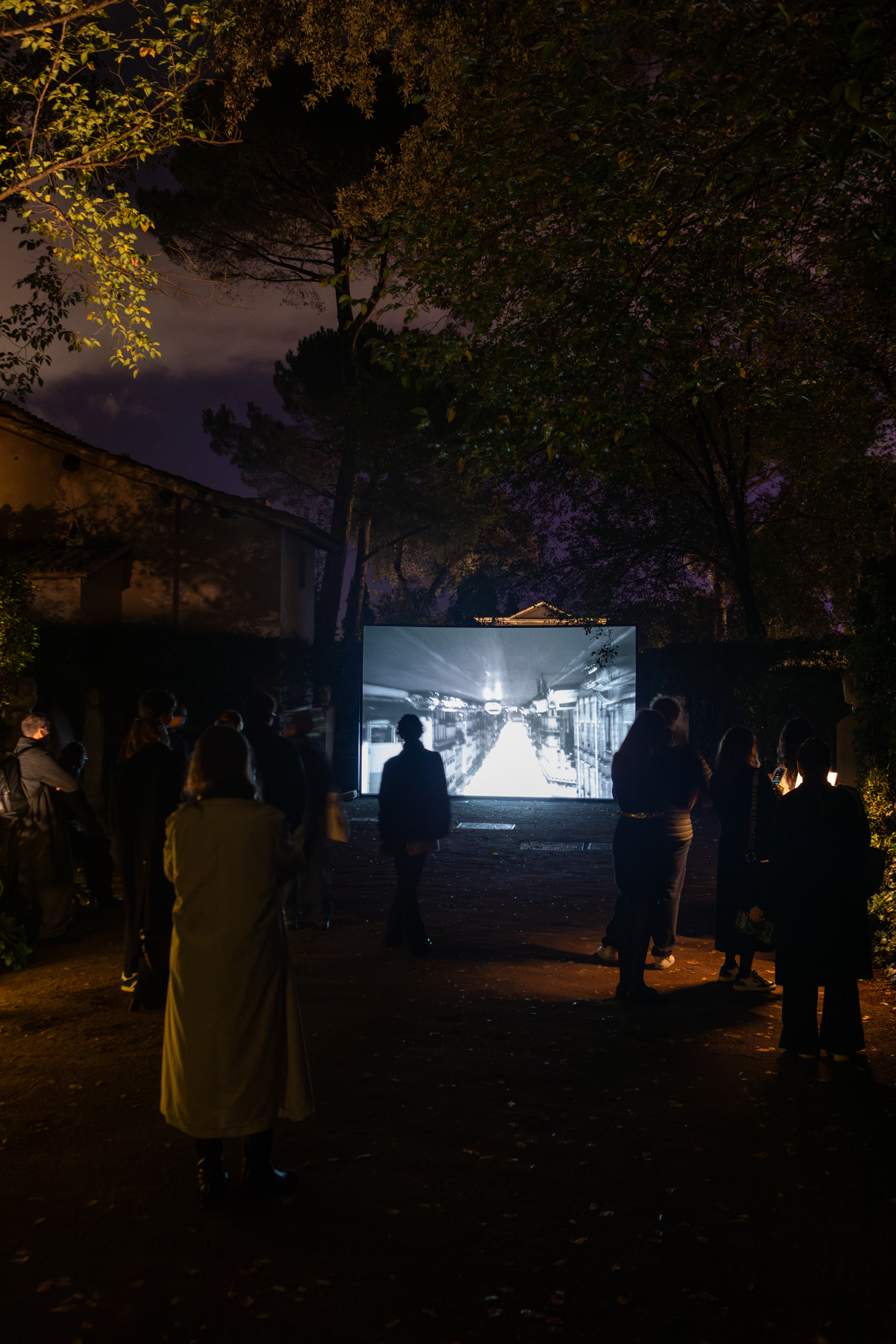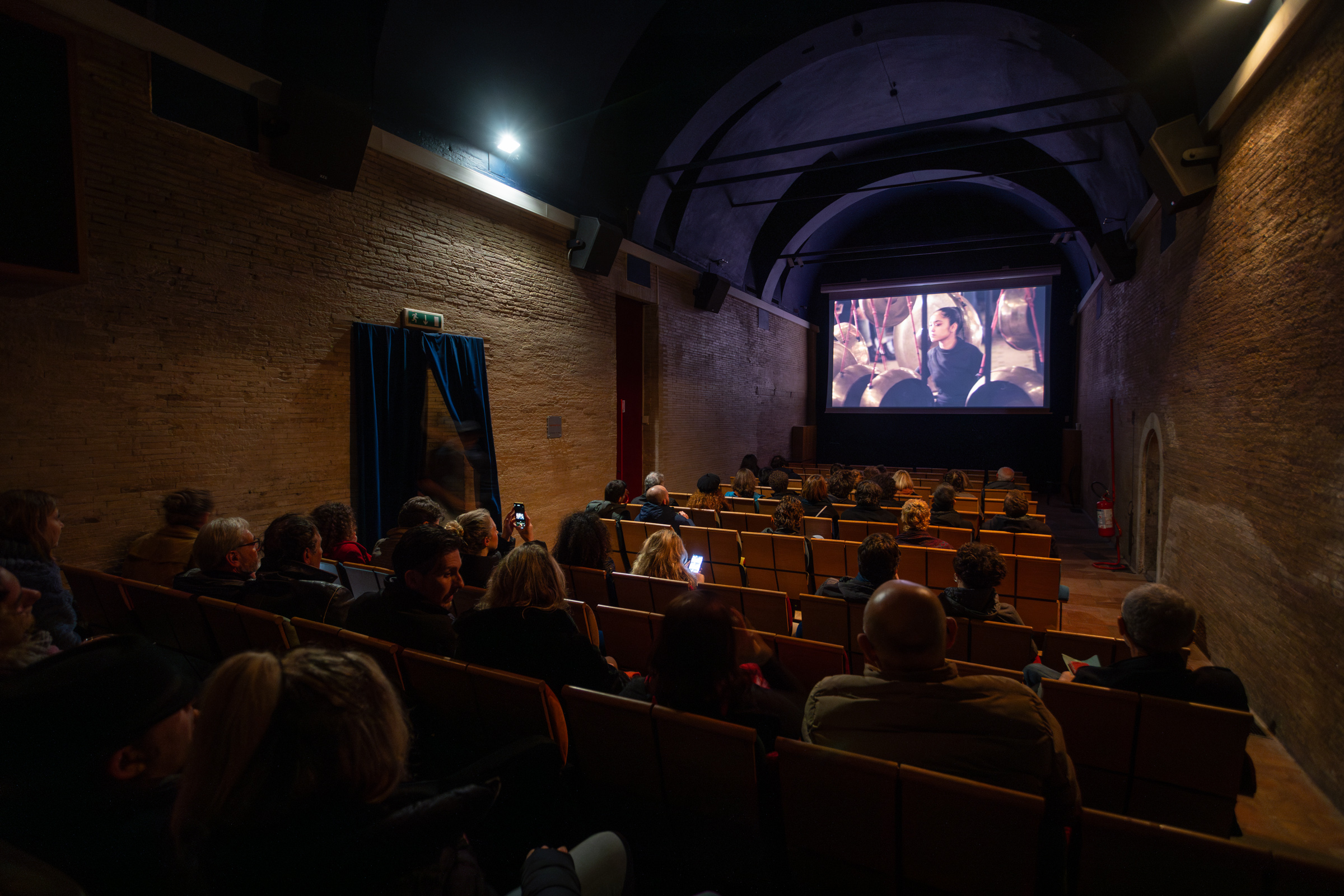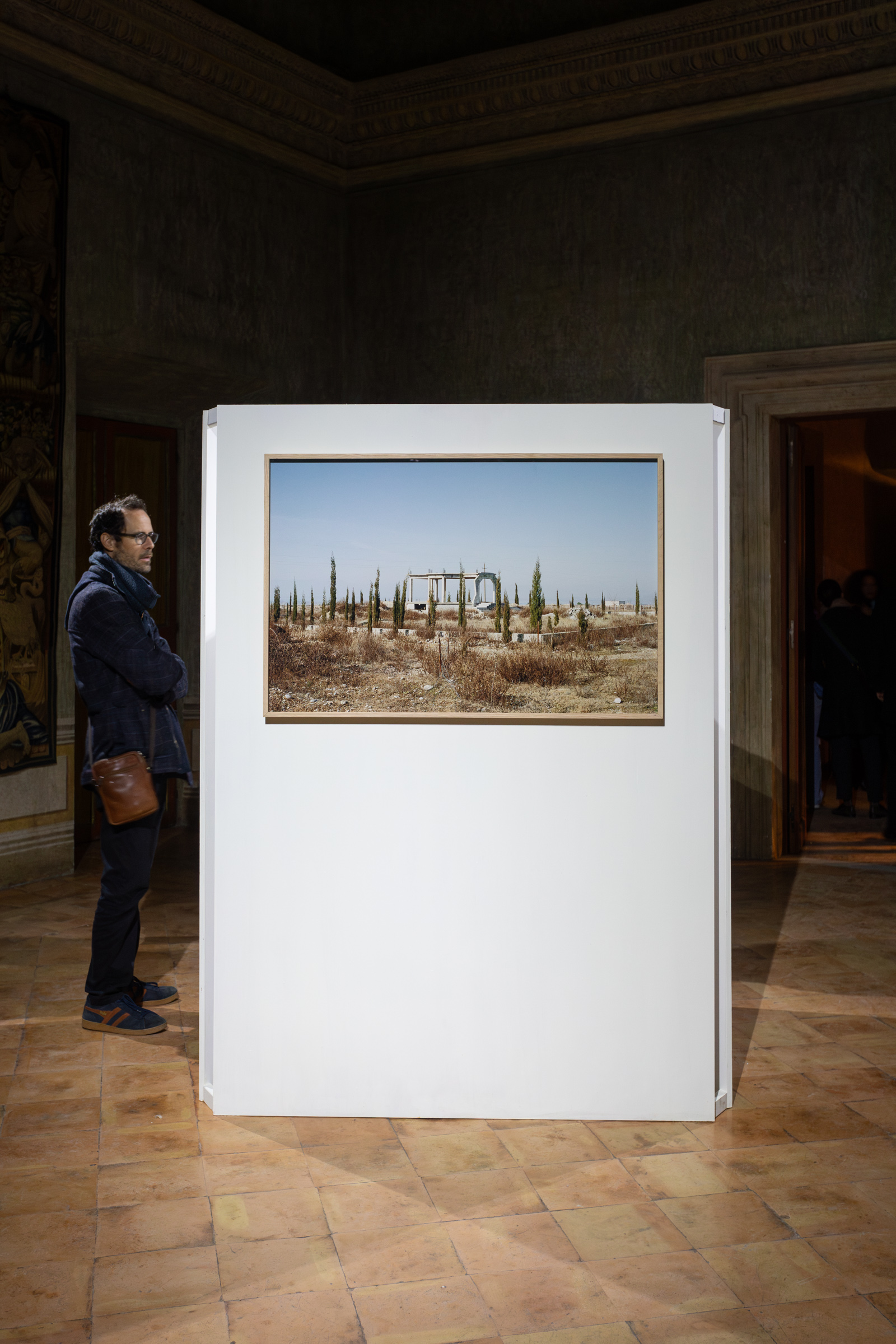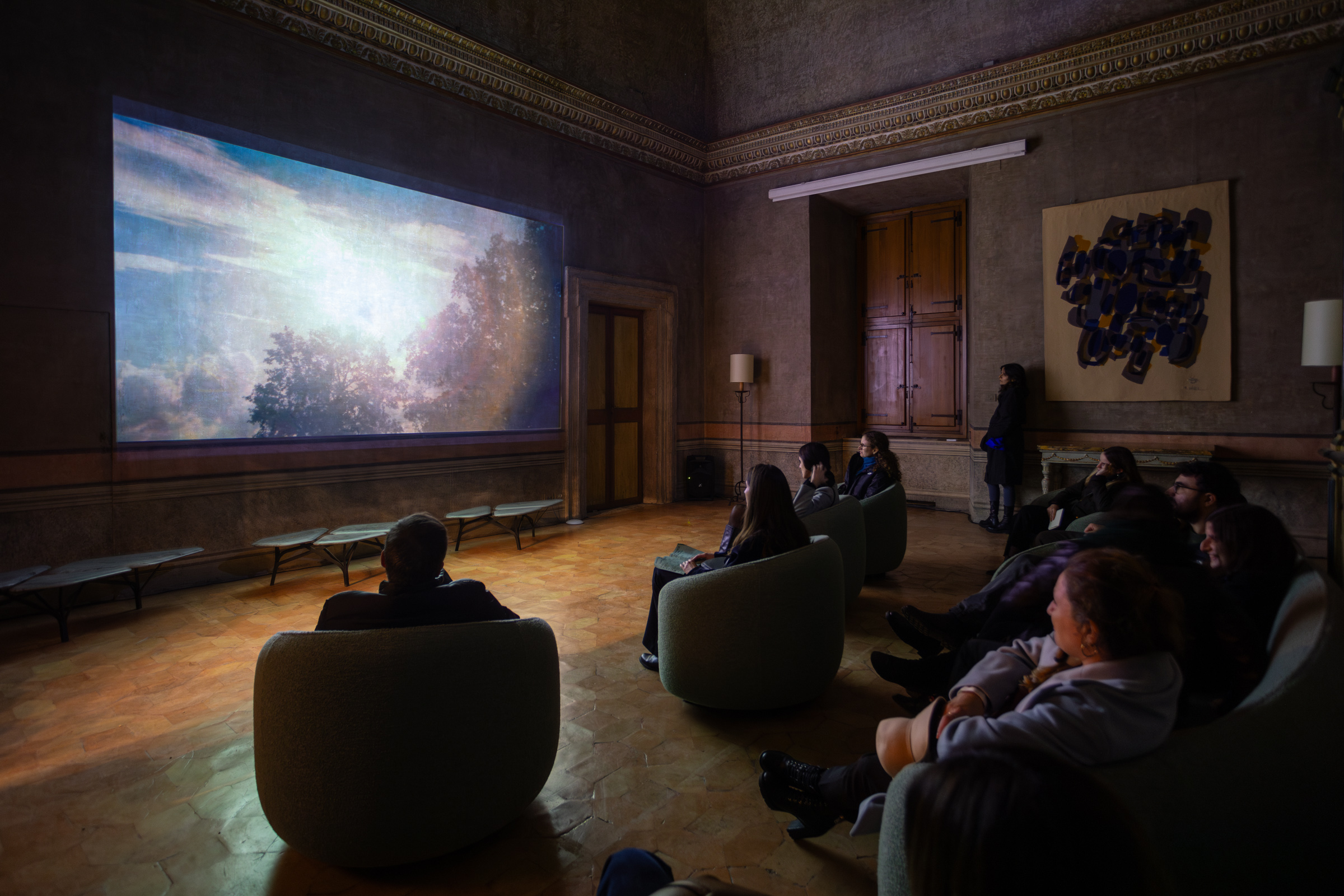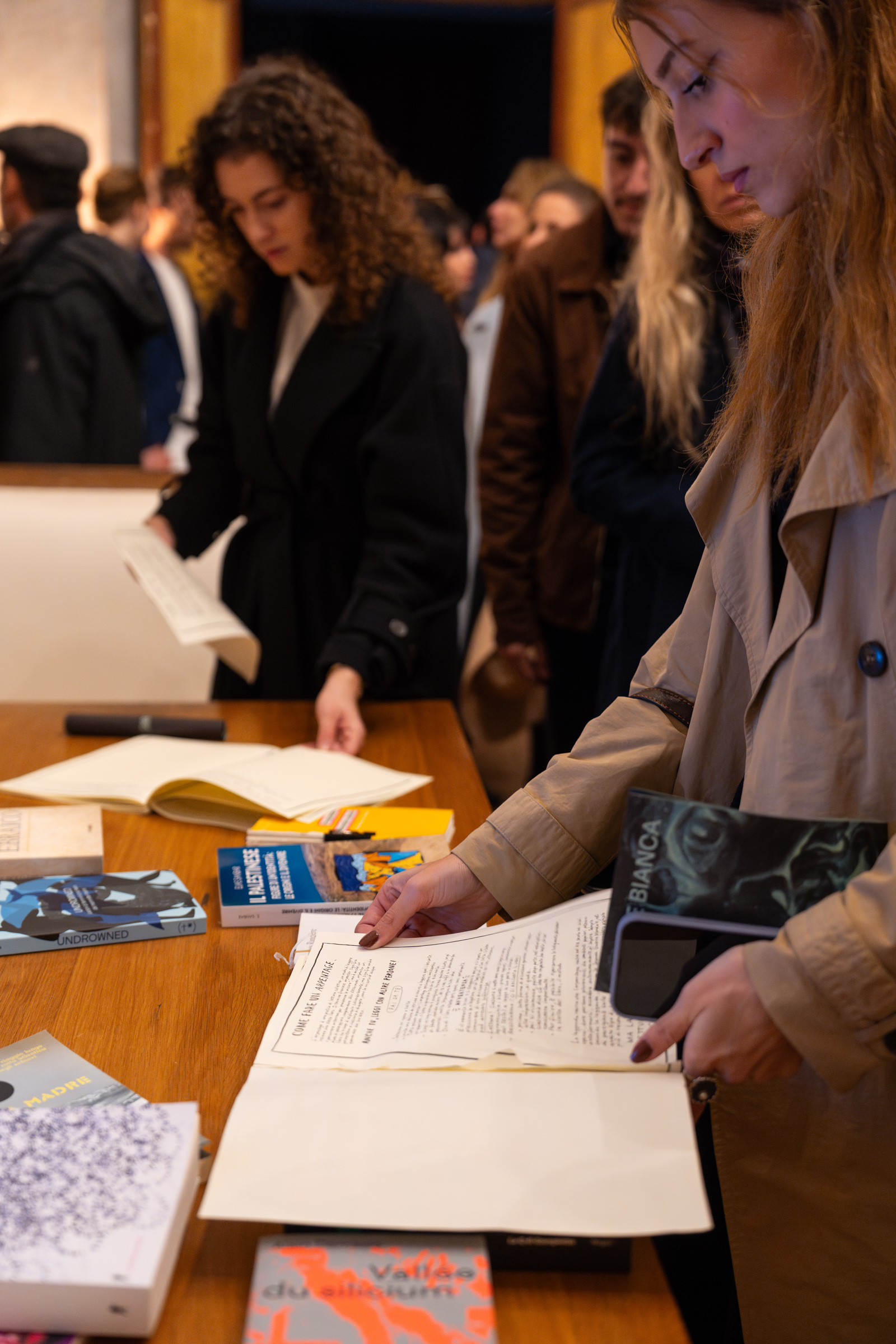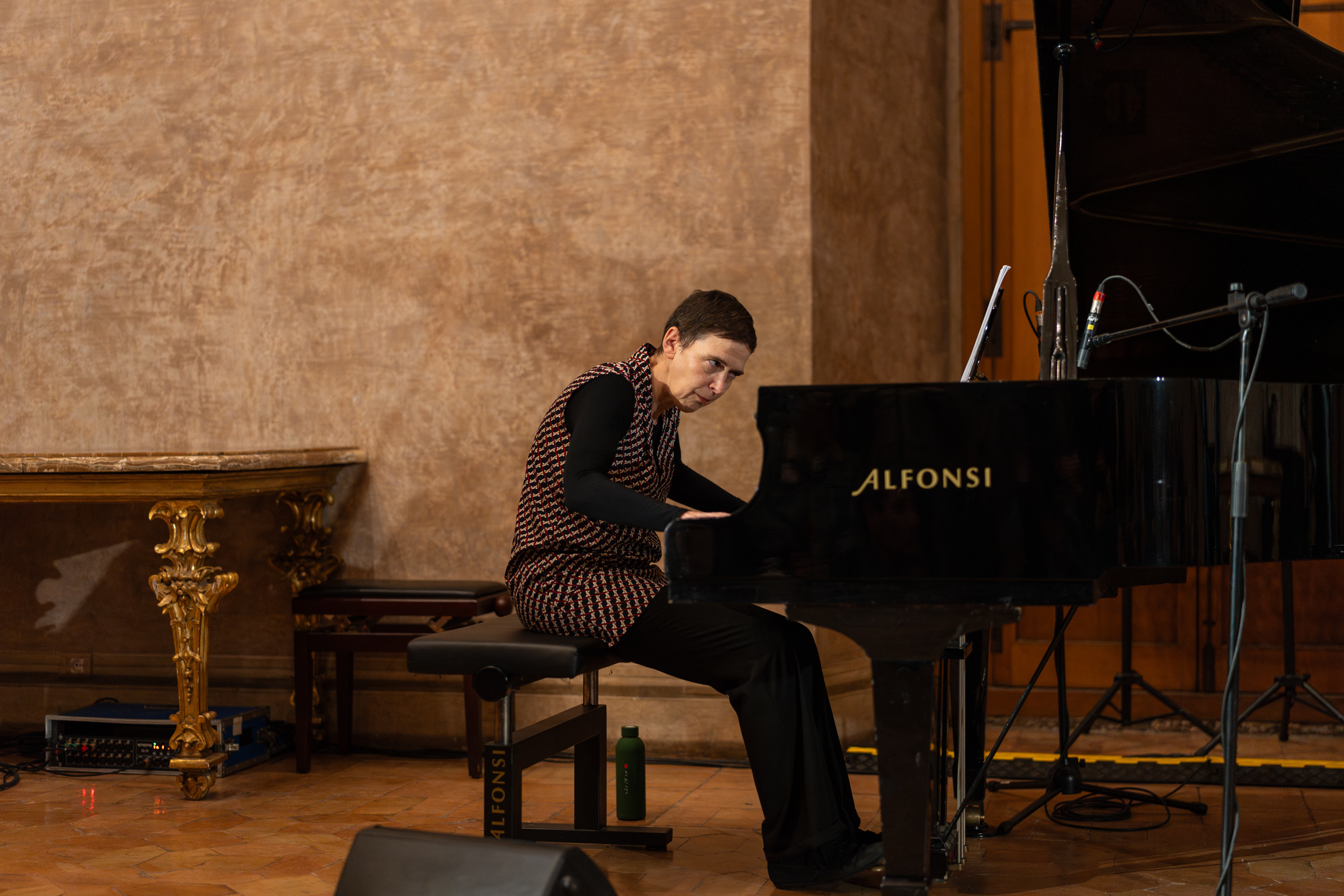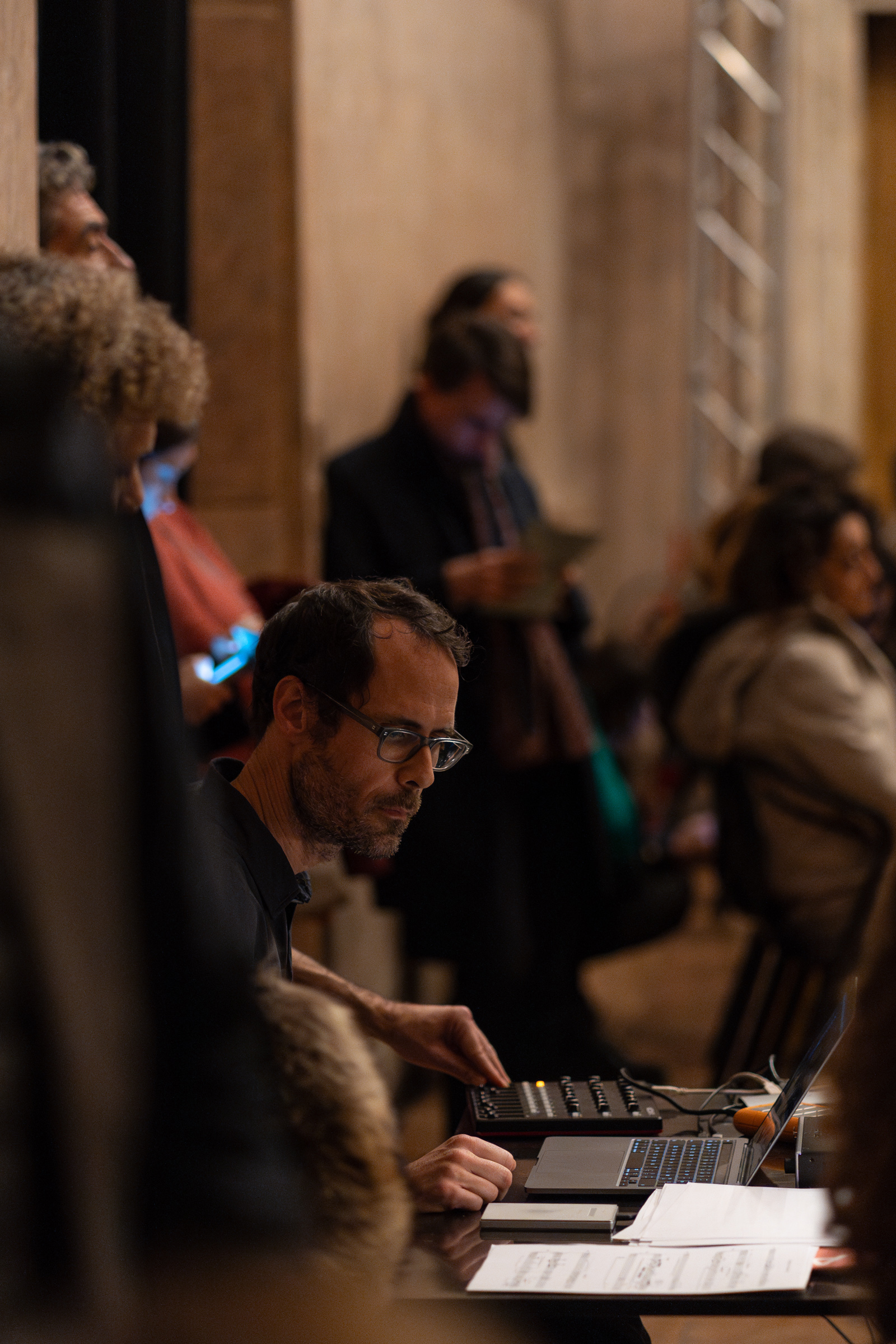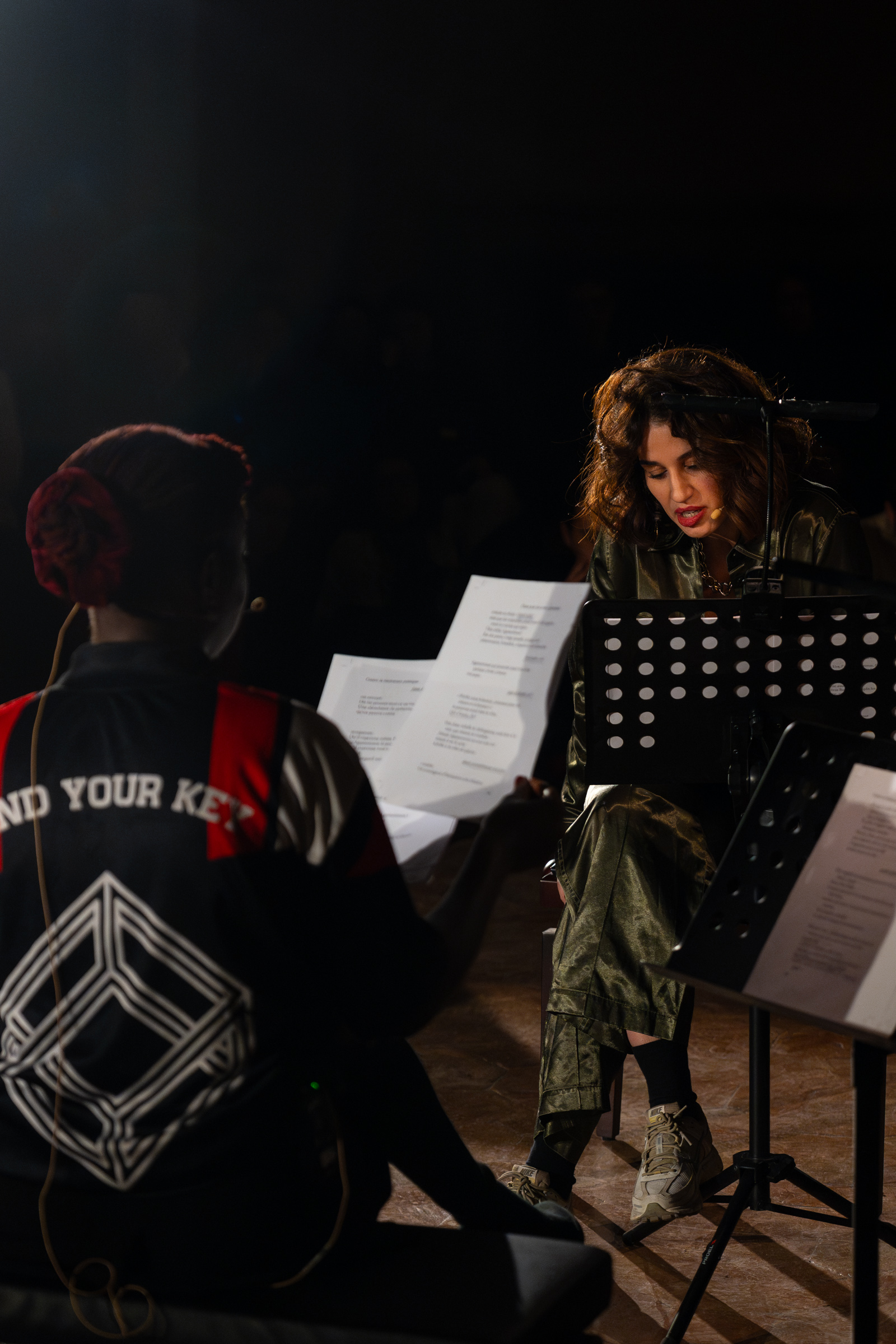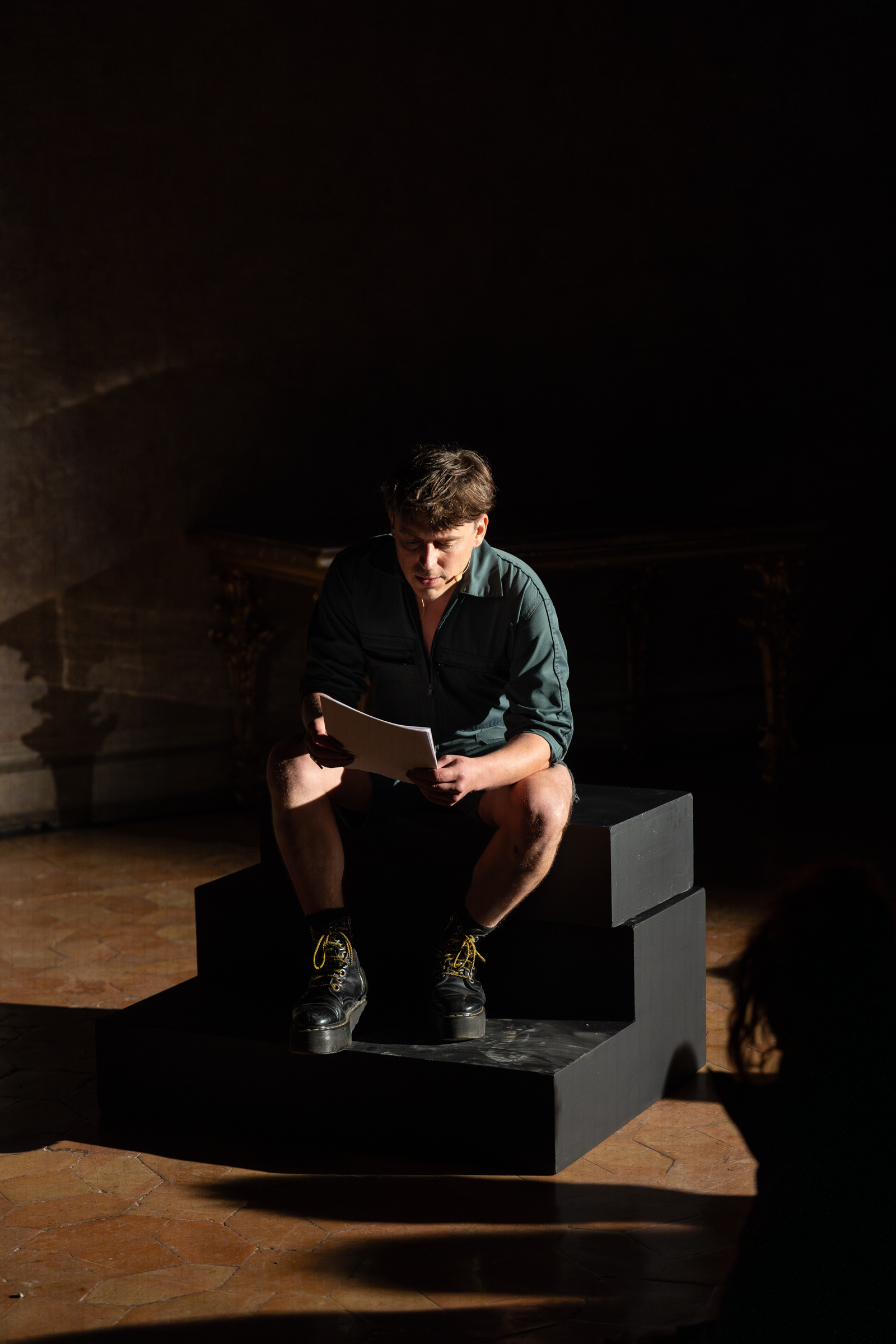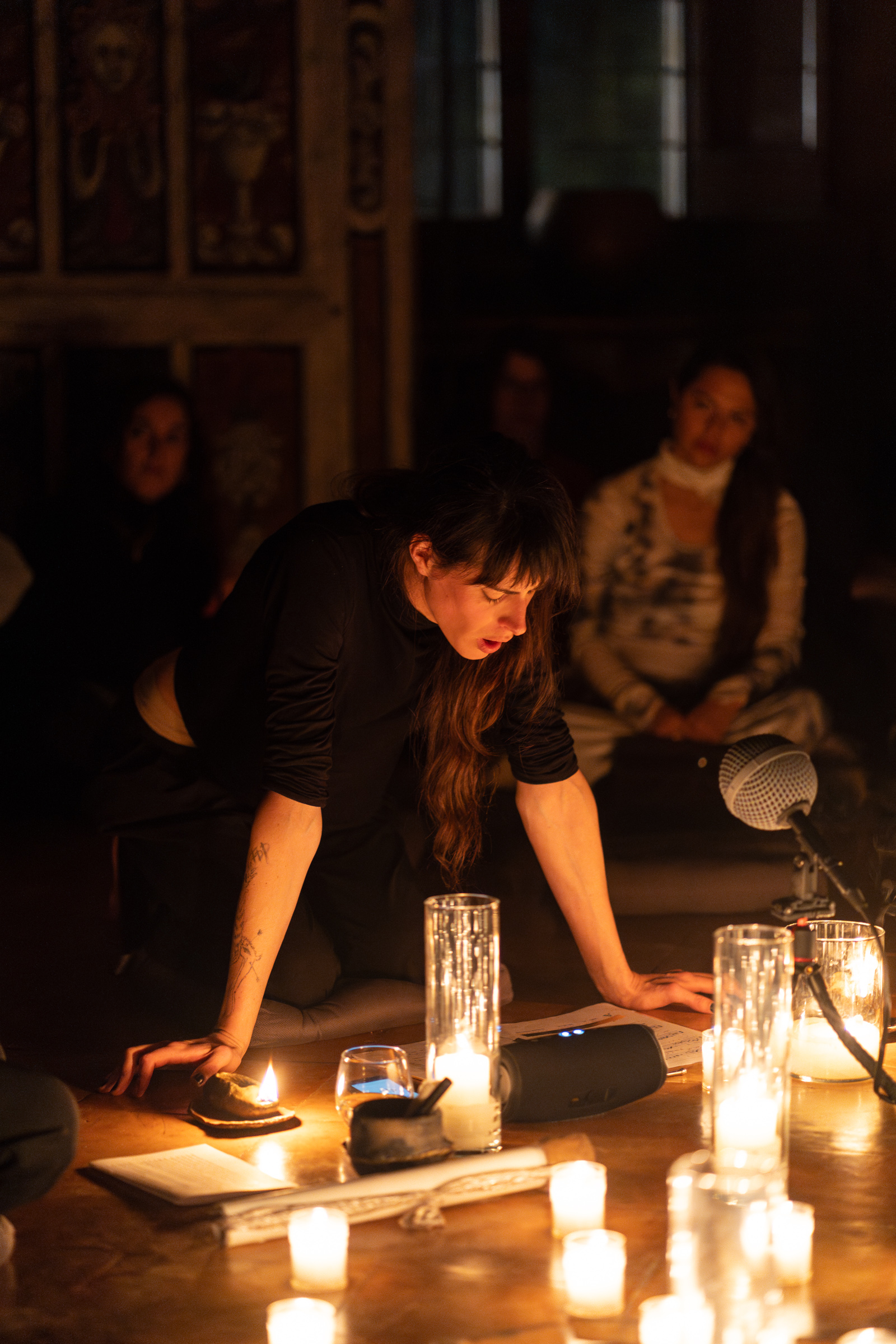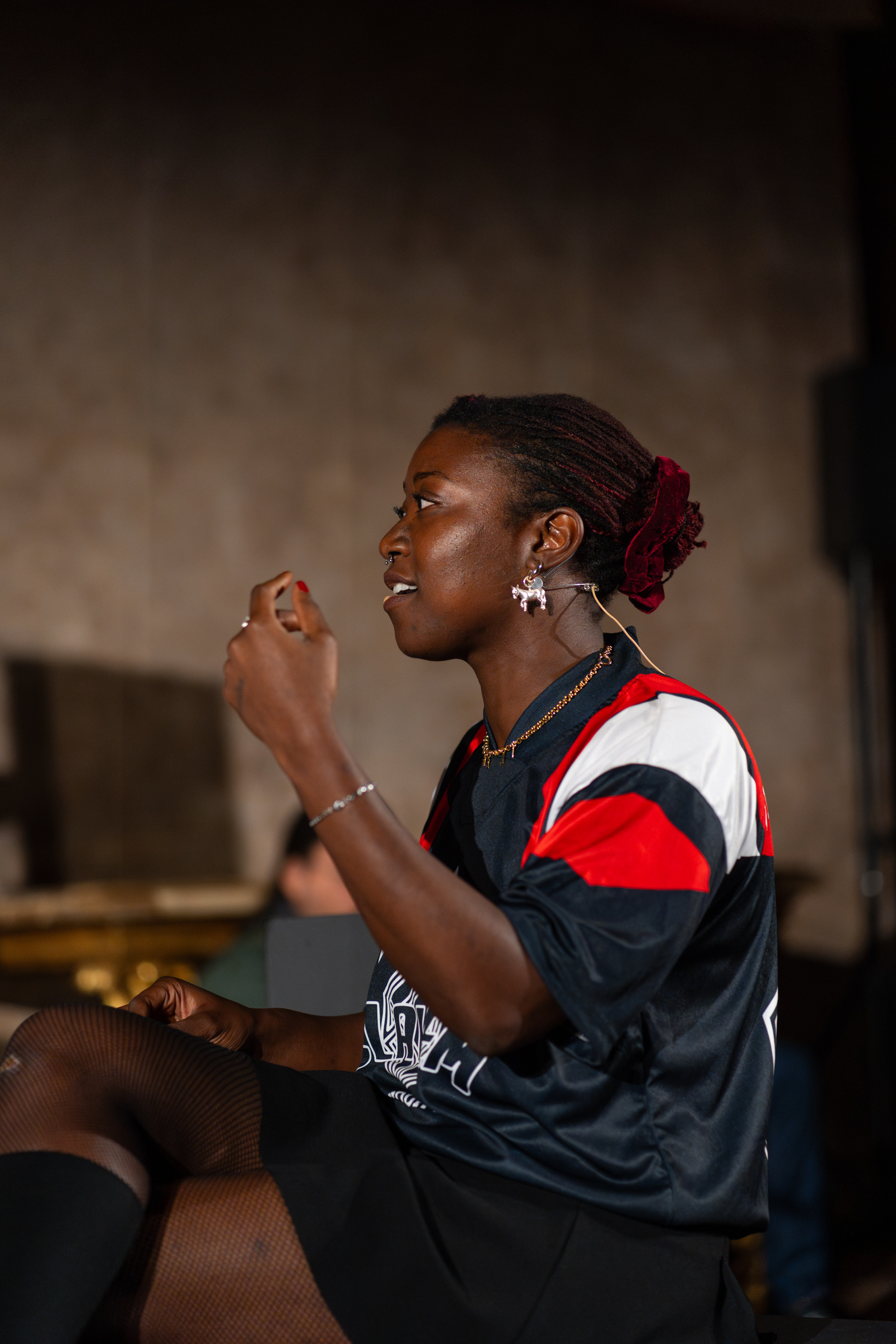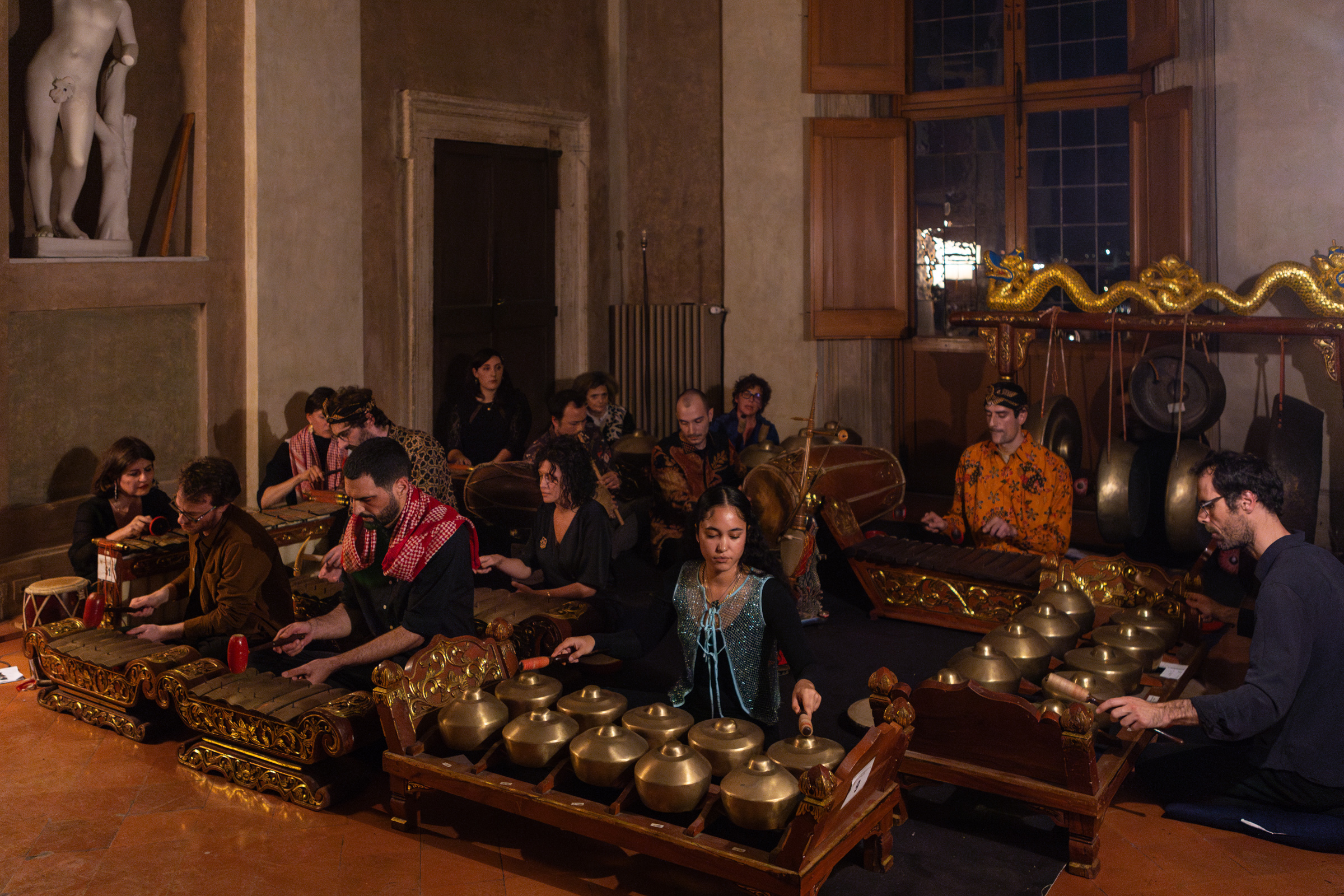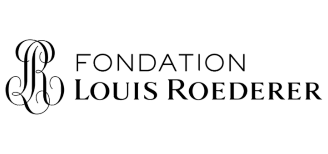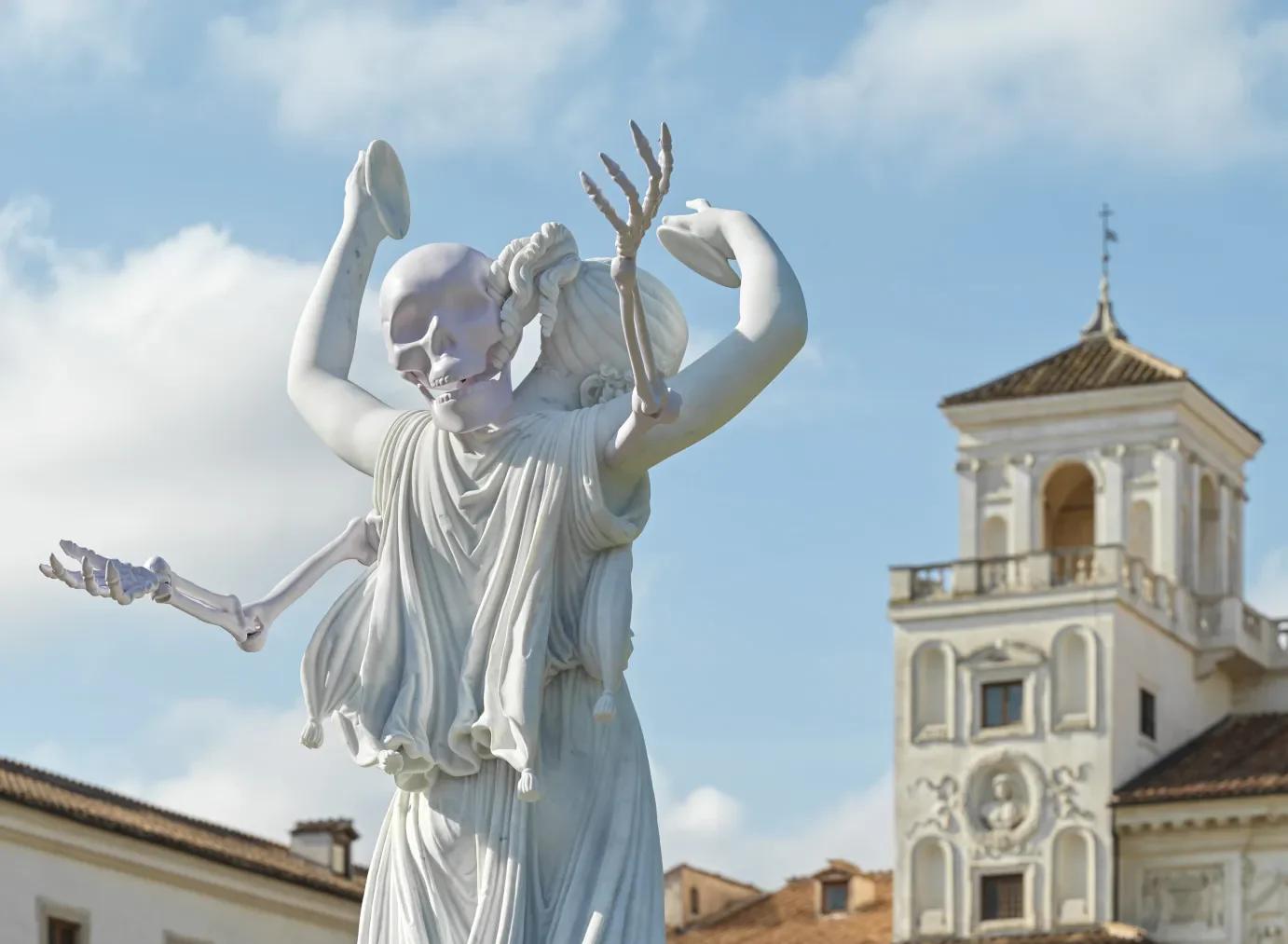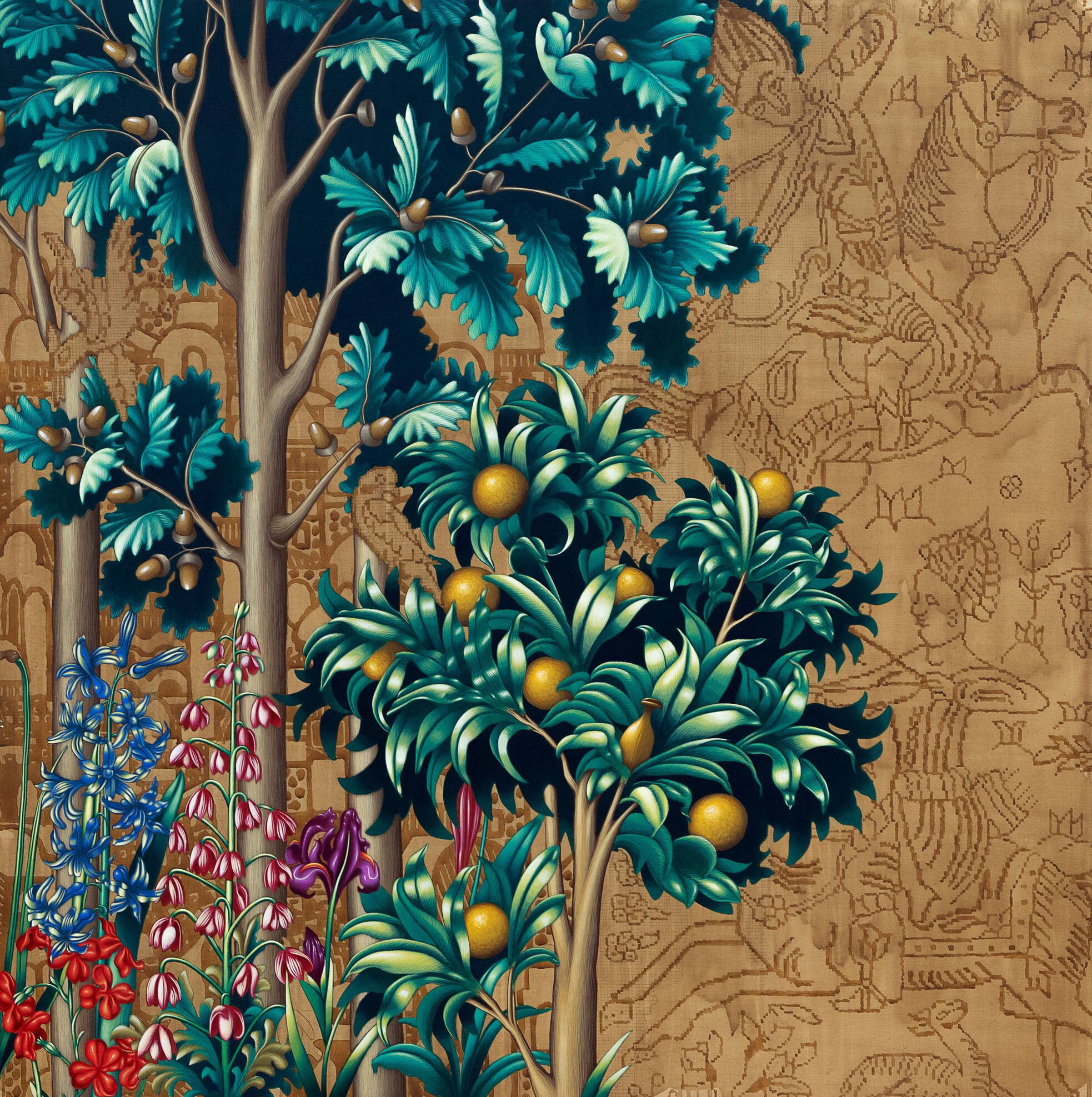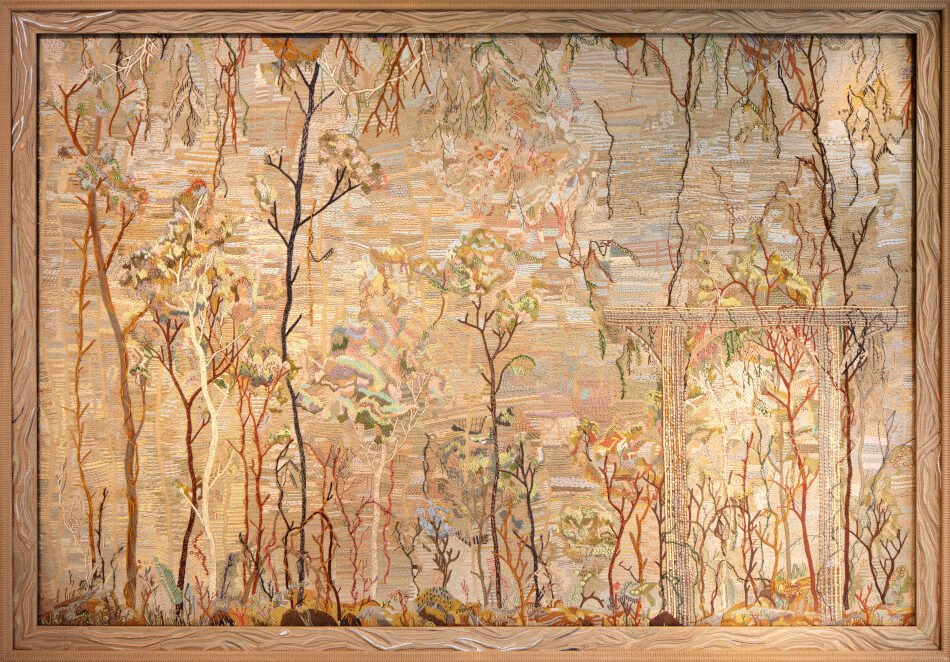Search
White Night
2024
28.11.2024
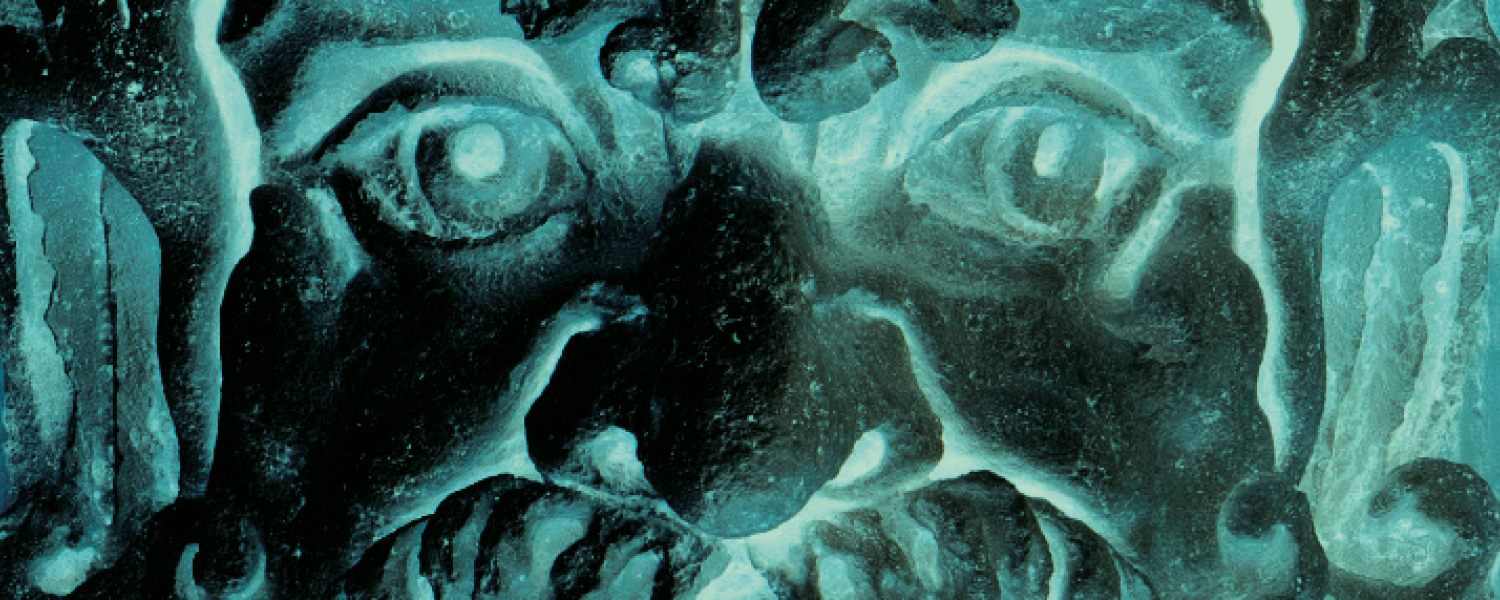
- Artists
- Silva Agostini
- Haig Aivazian
- Bianca Bondi
- Janco Boy Bystron
- Caroline Cren
- Nicolas Daubanes
- Abdessamad El Montassir
- Arturo Franzino
- Claudia Jane Scroccaro
- Amalia Laurent
- Pierre-Yves Macé
- Clovis Maillet
- Christophe Moure
- Flor Paichard
- Jérôme Printemps Clément-Wilz
- Nicolas Sarzeaud
- Seynabou Sonko
- Ana Vaz
- Pierre Von-Ow
- Lise Wajeman
- Louisa Yousfi
Installations, workshop openings, screenings, readings, performances by Villa Medici fellows.
In the heart of autumn, the White Night celebrates contemporary creation and showcases the work of the sixteen fellows in residence at Villa Medici in the visual and plastic arts, music, literature and art history. Over the course of an evening, Villa Medici is transformed into a place where contemporary art, heritage and landscape resonate in unison. White Night is conceived as a stroll through the gardens and historic spaces of Villa Medici, with some private areas, such as the fellows’ studios, exceptionally open to the public for the occasion. Performances, readings, concerts, installations and projections punctuate the White Night, inviting visitors to renew their sensory experiences. In the darkness, the silhouettes of ancient statues and bicentenary pines mingle with the play of light, form and sound that emanates from the garden paths, loggias and salons.
Programme
Performances
- 19.00
Grand Salon
Pierre-Yves Macé
Concert
Song Recycle
with Caroline Cren
20’
- 19.45
Grand Salon
Jérôme Printemps Clément-Wilz
Reading
Lettere a San Paolo
Lettres pour Saint Paul
(FRA)
15’
- 20.00
Petit Salon
Clovis Maillet, Flor Paichard
Musical performance
Il libro delle morte I
Le livre des mortes I
with Arturo Franzino
20’
- 20.30
Petit Salon
Clovis Maillet, Flor Paichard
Musical performance
Il libro delle morte II
Le livre des mortes II
with Arturo Franzino
20’
- 20.30
Grand Salon
Louisa Yousfi
Reading
Canto per armi splendide
Chant pour des armes splendides
with Seynabou Sonko
(FRA)
15’
- 21.00
Grand Salon
Pierre-Yves Macé
Concert
Song Recycle
with Caroline Cren
20’
- 21.30
Grand Salon
Seynabou Sonko
Performance
NOI
NOUS
with Claudia Jane Scroccaro, Janco Boy Bystron
25’
- 22.15
Grand Salon
Jérôme Printemps Clément-Wilz
Reading
Lettere a San Paolo
Lettres pour Saint Paul
(FRA)
15’
- 22.45
Grand Salon
Louisa Yousfi
Reading
Canto per armi splendide
Chant pour des armes splendides
with Seynabou Sonko
(FRA)
15’
- 23.15
Piazzale
Amalia Laurent, Christophe Moure, Daniele Zappatore
Concert
Gamelan javanais
15’
Access to performances, readings and films within the limit of available seats. Registration system for on-site programming.
Installations
- Ana Vaz
Meteoro
Installation vidéo
- Bianca Bondi
Bloom (Drowsy I), Bloom (Drowsy II), Bloom (Drowsy III)
Open studio
- Claudia Jane Scroccaro
Halte I
Installation sonore
- Aïcha Snoussi
Vermanie remains
Installation de l’exposition Le chant des sirènes
- Nicolas Daubanes
La mutinerie de Fontevraud
Open studio et installation
- Haig Aivazian
You May Own the Lanterns, but We Have the Light
Installation vidéo
- Pierre Von-Ow
Borromini contemporain
Installation
- Amalia Laurent
Pour alléger le fardeau des murs
Installation
- Nicolas Sarzaeud
Gerusalemme – Via Dolorosa
Installation
- Abdessamad El Montassir
Trab’ssahl
Installation vidéo
- Amalia Laurent
Loro-loroning atunggal, Unifier ce qui est double
Film
- Laure Prouvost
We Will Feed You, From Fishes to Mammals Fountain
Installation de l’exposition Le chant des sirènes
- Lise Wajeman
Comment faire un arpentage
Installation
- Jérôme Printemps Cléments-Wilz
Un troisième testament
Film
- Alessandro Gallicchio, SIlva Agostini
Granularity of Content
Photographie
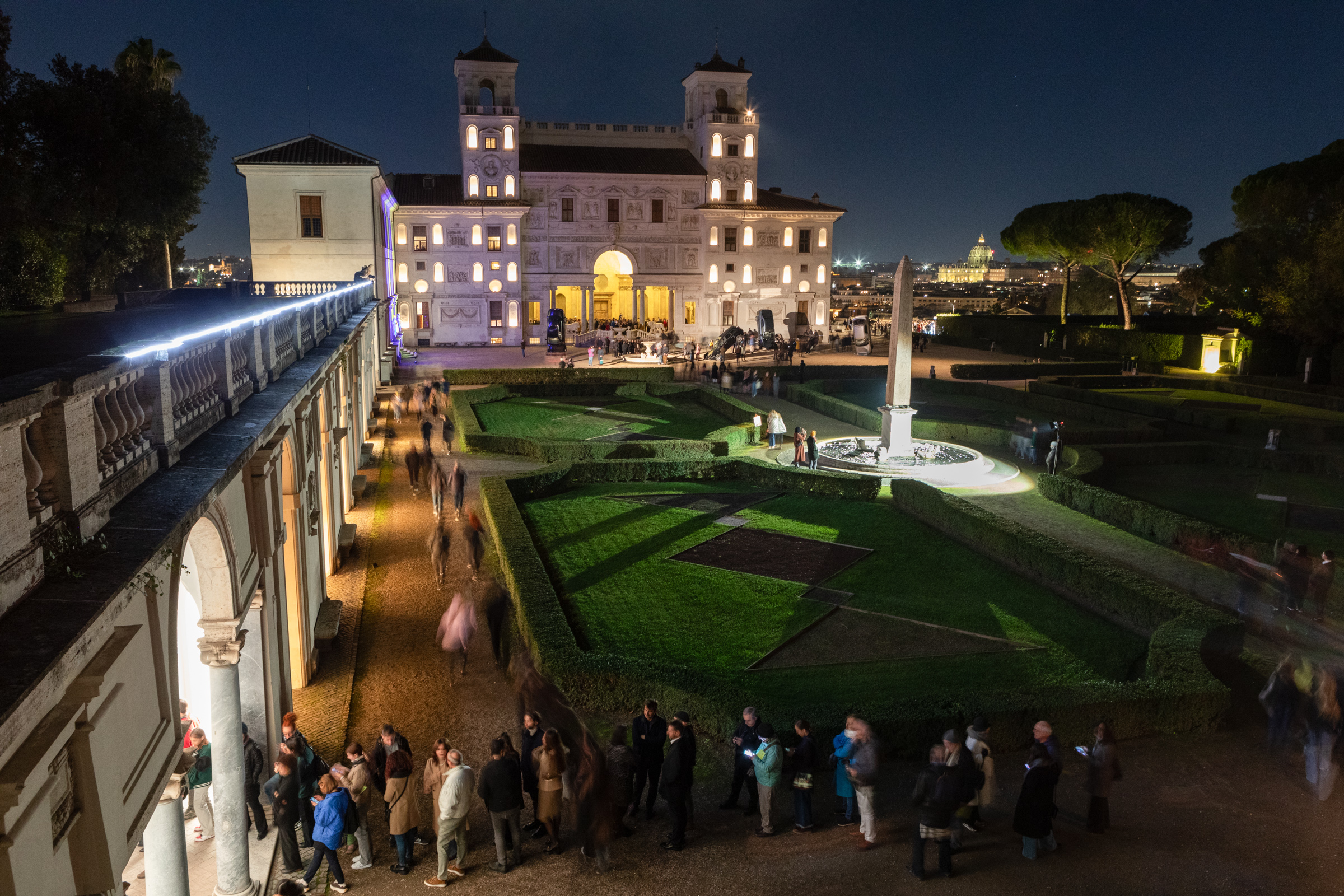
Practical information
6 pm to midnight (last entry at 11:30 pm)
Free admission: reservation essential
Gardens and historic areas of the Villa Médici
Access and services
- Access to readings and performances subject to availability
- Food and drink available on site
- No checkroom on site
- Prohibited items: motorcycle helmets, large bags, suitcases
- Animals are not admitted to Villa Medici, with the exception of guide dogs

Haig Aivazian
Haig Aivazian (1980, Lebanon) is a visual artist based in Beirut. His work traverses moving image, sculpture/installation, drawing and performance, and explores how power integrates, affects and displaces people, objects, animals, landscape and architecture. Between 2020 and 2022, he was artistic director of the Beirut Art Center, where he founded and directed the digital publication thederivative.org.

Bianca Bondi
Bianca Bondi (1986, South Africa) is a visual artist based in Paris. Her practice involves the activation or elevation of mundane objects through the use of chemical reactions. The materials she works with are chosen for their transformative potential or intrinsic properties, emphasizing the interconnectedness of things in the world, their transience, and revealing the cycles of life and death. Her work has been exhibited at Lafayette Anticipations (2023), Fondation Louis Vuitton (2021), Casino Luxembourg (2020), and as part of the Biennales de Lyon 2019, Busan 2020, and Thaïlande 2021.

Jérôme Printemps Clément-Wilz
Jérôme Printemps Clément-Wilz (France) is a writer-director who works mainly with documentary material. His films have been selected at festivals in Rotterdam, Amsterdam and Toronto, and are included in the collections of the Cinémathèque Française. He has won the Grand Prix at Doxa, the Hong Kong Film Festival and a Star from LaSCAM. His work also extends from performance to photography and installation. With the collectives La Tendre Émeute, Epectase and Carmel Miracle, he has performed at the Zénith de Paris and the Musée TRAFO, and has been exhibited at Circulation(s) and Mécènes du Sud. He is also a founding member of Ateliers Wonder.

Nicolas Daubanes
Nicolas Daubanes (1983, France) is an artist living and working in Perpignan. For over 15 years, he has been working with the prison world (drawings, installations, videos), based on immersive residencies in prisons. Nicolas Daubanes won the Prix Mezzanine Sud les Abattoirs 2017, the Prix des Amis du Palais de Tokyo in 2018 and the Drawing Now prize in 2021. He presented a major installation at the Lyon Biennale in 2022. In 2025, he will present a solo exhibition at the Pantheon in Paris.

Abdessamad El Montassir
Abdessamad El Montassir (1989, Morocco) is a visual artist. Collaborating with scientists, citizen-witnesses and activists, he develops an artistic practice at the crossroads of research and creation. His works are the fruit of a meticulous process in which the collection of immaterial testimonies and collective narratives revives oral memories that are often buried and silenced by official history.

Amalia Laurent
Amalia Laurent (1992, France) is an artist and researcher who lives and works between Paris and Nîmes. Her work addresses topographical, geographical and cartographic themes that are both real and fantasized. Her obsession with alternative realities has given rise to a body of work – stainings, installations, performances, sculptures – that makes tangible the boundaries between real and/or parallel worlds. She is currently researching the links between architectural arrangements and processional practices at the EHESS, and is also a member of the Javanese music group Genthasari of the Pantcha Indra association.

Pierre-Yves Macé
Pierre-Yves Macé (1980, France) is a composer. His work crosses electroacoustic and instrumental music with a method that borrows from musique concrète, taking recorded sound, document or archive as his primary source. He has released CDs on the Tzadik, Sub Rosa and Brocoli labels. He writes scores for the L’Instant donné, Les Cris de Paris and Ictus ensembles. He regularly collaborates with directors (Sylvain Creuzevault, Joris Lacoste), choreographers (Emmanuelle Hunh, Liz Santoro and Pierre Godard) and writers (Pierre Senges, Mathieu Larnaudie). His music was the subject of a Portrait for the 2023 edition of the Festival d’Automne à Paris.

Clovis Maillet
Clovis Maillet (1981, France) has published La parenté hagiographique (2014) and Les genres fluides (2020). He has edited several issues of scientific journals while conducting research into the uses of history in contemporary art(Witch TV, 2021; Un Moyen âge émancipateur, with Thomas Golsenne, 2021). Clovis Maillet and Louise Hervé have been working in performance, installation and film since the early 2000s. They have published Attraction Étrange, 2013, Spectacles sans objet, 2015 and L’Iguane, 2018. Clovis Maillet co-wrote the show Medieval Crack with the Foulles collective.
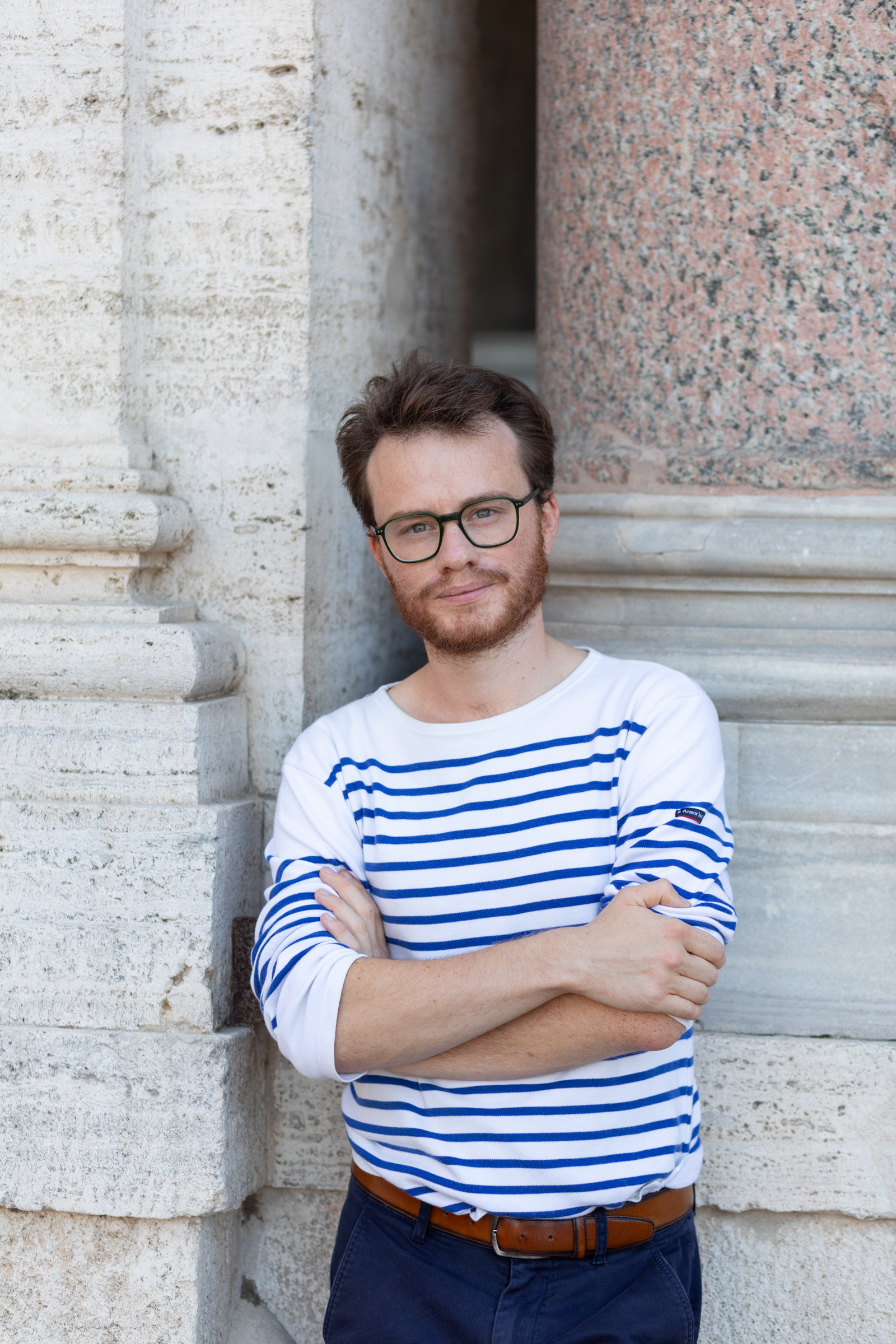
Nicolas Sarzeaud
Nicolas Sarzeaud (1992, France), is a graduate of the École du Louvre and holds a doctorate from the EHESS, and is an associate member of the Centre de Recherche Historique and FRS-FNRS research fellow at the Université catholique de Louvain. In 2021, he defended a thesis on the cult of the Shrouds of Christ between the 14th and 16th centuries, published by Cerf in 2024 under the title Les Suaires du Christ en Occident. He has taught at the Université Lumière Lyon II and the Université de Lorraine, and has published numerous articles on the cult of images in the late Middle Ages, and the way they were shown, viewed and disseminated thanks to an intense production of copies, which he places in a long history of facsimiles.

Claudia Jane Scroccaro
Claudia Jane Scroccaro (1984, Italy) is an Italian composer based in Paris, where she teaches electronic music at Ircam. She seeks to achieve coherence between instrumental and electronic writing, structured through personal computer-assisted composition tools. Her music oscillates between two extreme temporalities, alternating between overflowing, compulsive rhythms and immersive, introspective explorations, interwoven with the expressiveness of the spoken voice.

Seynabou Sonko
Seynabou Sonko (1993, France) is a Paris-based artist from the Senegalese diaspora. A graduate of UQAM in Montreal, ENSAV La Cambre in Brussels and Université Paris 8, her first literary steps were marked by the publication of texts in magazines such as Sabir, Muscle and Sève. In 2023, she published her first novel, Djinns, with Editions Grasset, winning the Prix du Cheval Blanc and the Prix de la Porte Dorée. Seynabou Sonko is also a musician, screenwriter and singer. Her musical universe, like her writing, testifies to an overflowing creativity and an assertive desire to break boundaries.

Ana Vaz
Ana Vaz (1986, Brazil) is an artist and filmmaker born in the Brazilian Midwest, inhabited by the ghosts buried by its modernist capital: Brasília. Her filmography provokes and questions cinema as an art of the (in)visible and an instrument capable of dehumanizing the human, expanding connections with other-than-human or spectral forms of life. As a consequence or expansion of his cinematography, his artistic activities are also embodied in writing, critical pedagogy, installations and collective walks.

Pierre Von-Ow
Pierre Von-Ow (1992, France) is an art history researcher and curator, with degrees from Université Paris 1 Panthéon-Sorbonne and Columbia University. His work focuses on the intersections between art and science in the modern era. In 2024, he defended a thesis at Yale University on the history of perspective in Great Britain and the British Empire in the 17th and 18th centuries. In 2021, he curated the virtual exhibition William Hogarth’s Topographies for the Lewis Walpole Library. Among his publications, he recently co-edited an anthology of Jean-Claude Lebensztejn’s writings on cinema(Propos filmiques, Paris, Macula, 2021) and a special issue of the journal Écrans on William Hogarth and cinema (Paris, Garnier, 2024).

Lise Wajeman
Lise Wajeman (1973, France) is Professor of Comparative Literature at the Université Paris Cité. She works on Renaissance literature and art, and has notably published L’Amour de l’art. Eroticism of artist and spectator in the 16th century (Droz, 2015). Since 2016, she has also been following contemporary literature as a critic: she has published numerous articles in Mediapart and is a regular contributor to the podcast L’Esprit critique.

Louisa Yousfi
Louisa Yousfi (1988, France) is a journalist and literary critic. She is the author of Rester barbare (La Fabrique, 2022), a work in which she takes up the motif of “barbarism” borrowed from the Algerian writer Kateb Yacine to offer both a political and literary account of the barbaric (re)becoming of Blacks and Arabs in France. More recently, she contributed to the collective work Contre la littérature politique (with Pierre Alferi, Nathalie Quintane, Leslie Kaplan, Tanguy Viel and Volodine, La Fabrique, 2024).
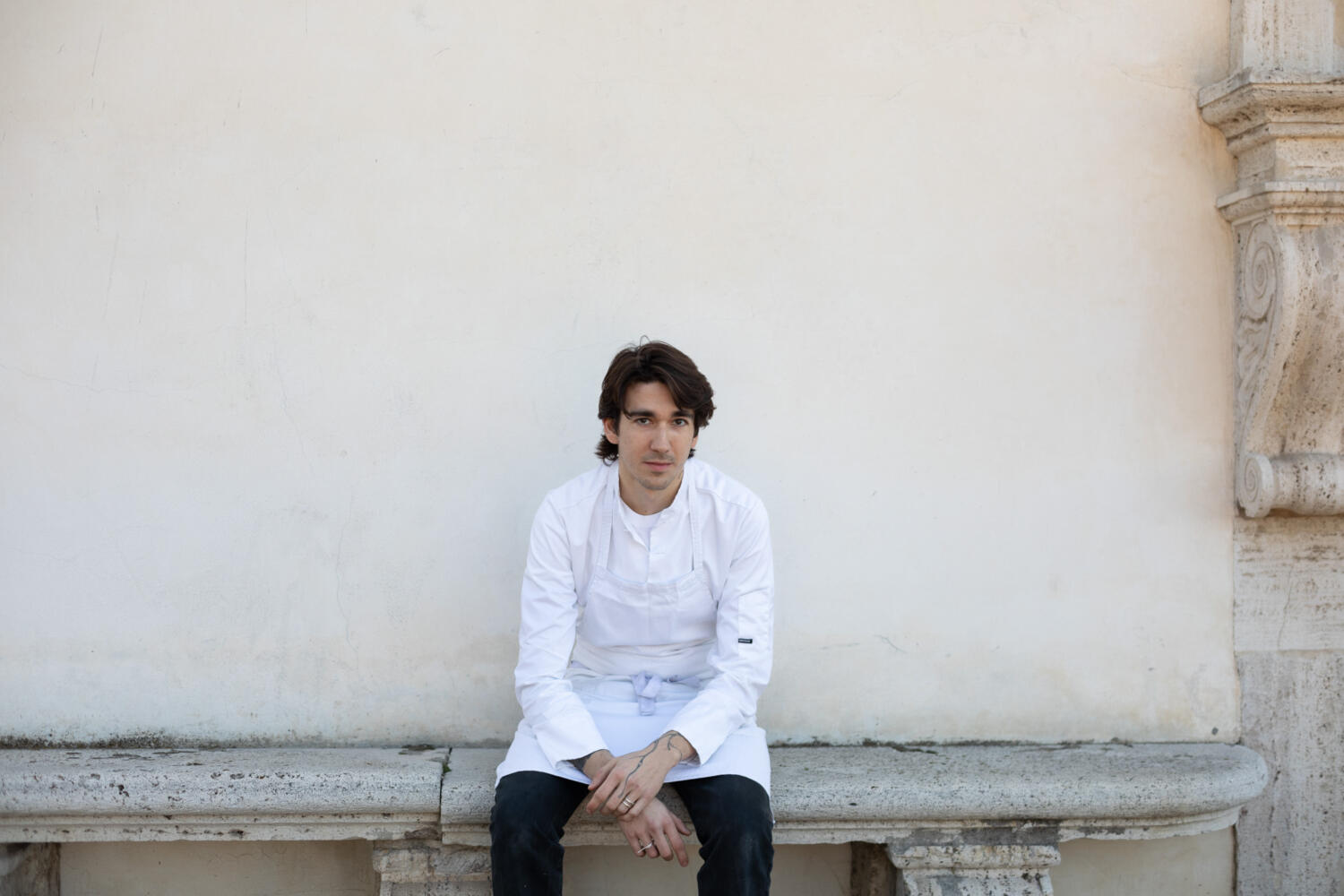
Arturo Franzino
Arturo Franzino, born in 1997, is a chef. His adolescence in Sicily, spent criss-crossing the roads in search of the best local producers for his parents’ grocery store, formed the basis of his future projects. This was followed by a year in Ecuador, then classical training at the Institut Paul Bocuse and haute gastronomy. Arturo Franzino also discovered cooking in Japan, with Luca Fantin, where the purity of raw materials and the quest for fulfillment were combined. Scandinavia, beautiful and cold, and the Alpilles region, where he worked for Fabien Dumont, an organic market gardener, marked his experience as a chef. Fascinated by gestures and craftsmanship, Arturo Franzino strives to nourish while respecting life and death.
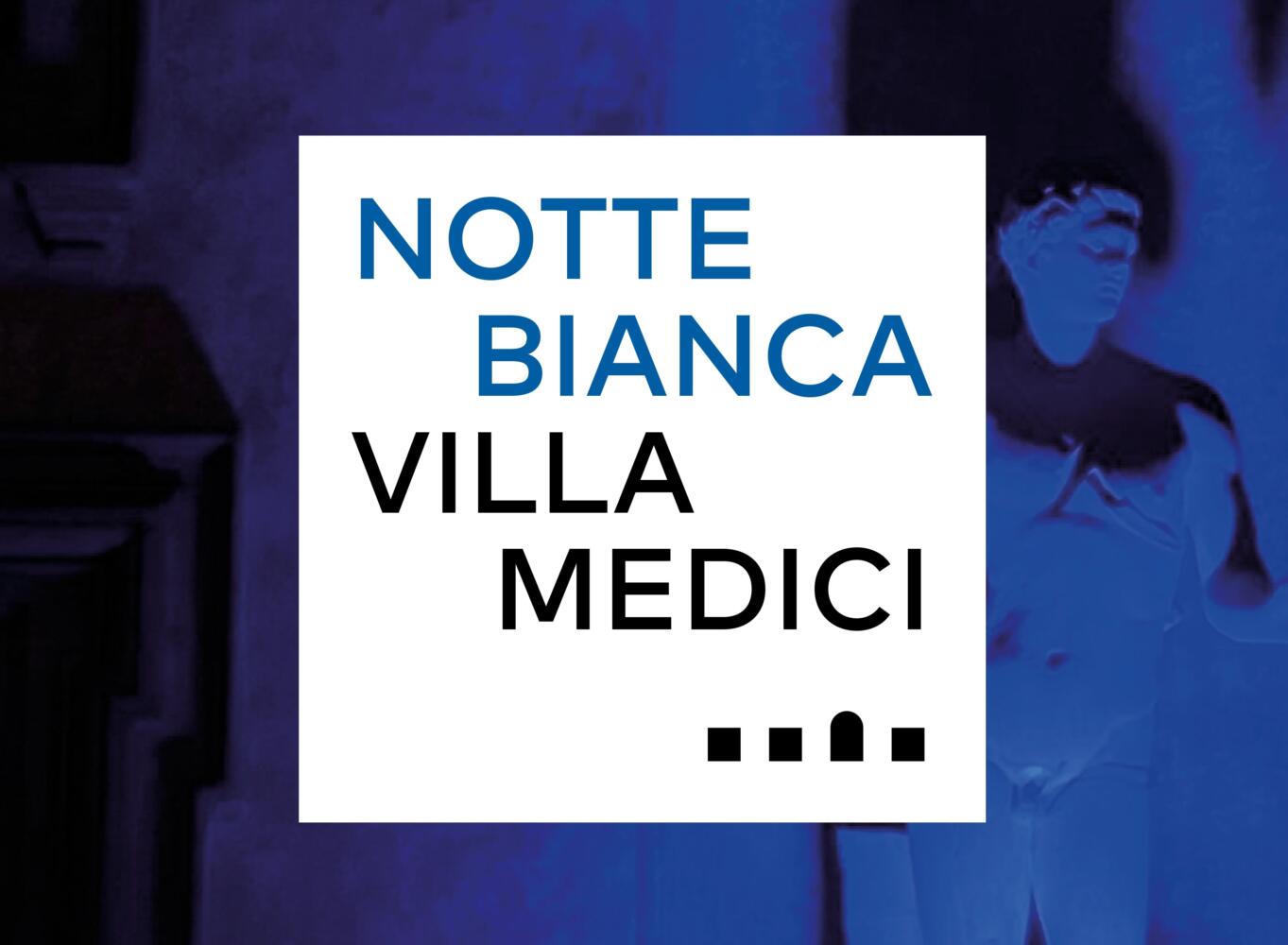
White Night
2022
17.11.2022
- Curator :
- Saverio Verini
